The High Road to the Cordillera Blanca.
We never tire of poring over maps, be it the paper version, or the digital ones in our phones. Tracing the most slender of roads, visualising the landscape rendered in contour lines and looking for interesting features.
It was during one such map-gazing session over coffee in Mollebamba that we decided to deviate from the Cajamaraca-Caraz bikepacking route we’d been following and take a more direct line towards our ultimate goal; the northern end of the Cordillera Blanca. From Mollebamba the Cajamaraca-Caraz drops into the Tablachaca and Pato canyons – interesting looking places, but we’ll be seeing plenty of canyons during our ride south, and so in looking for an alternative, more direct, route we found a tempting looking line that skirted the edge of the Acuán Range.
This range of rocky peaks, some reaching well over 5000m, is a northern outlier of the Cordillera Blanca, separated from that colossal range by a huge valley. Notably the glacier sculpted granite basins and valleys of these peaks contain dozens of lakes, and it was one such group of lagunas, that we decided to head to, before crossing a 4400m pass to the northern end of the Cordillera Blanca. Here’s a report on those three days of amazing mountain riding.
We headed out of Pallasca early on a warm sunny morning, straight onto a virtually deserted dirt road.
A last look back at Pallasca – one of our favourite Andean villages so far and the perfect spot for a chilled rest day. That’s the Tablachaca canyon beyond.
The road flowed around gentle hills, gradually easing us higher until we rounded a bend and could see some of the rocky peaks of the Acuán Range jutting from the tan slopes above us.
We pass simple mud brick homes and a couple of very quiet villages.
Looking down on Huandoval, last resupply for two days.
A handful of cyclists pass this way, generally sticking to the low route around to the town of Ferrer, but still we catch plenty of stares and friendly shouts of ‘gringo’ as we pass homes. Even on this ‘main’ road we see just one bus and a couple of motorbikes all morning.
We picked up some basic supplies in Huandoval and had a second breakfast of bread rolls filled with fried egg (the default basic cheap meal here).
As always, it’s a bit like stepping back in time, with the near-vintage vehicles, adobe homes and cobbled roads. There are more burros on the streets than cars.
From Huandoval we turned onto a double track that climbed steadily – but never very steeply – past simple farmhouses and aqueducts gushing with alpine water. The route climbs up into bouldery alpine grasslands and small sections of plantation pine. Hana was having an off day with an encroaching cold, so this rocky section required a push.
Around the 4000m contour the grandeur of the landscape kicked up a notch and we began to get excited about what the valley might hold. The final couple of kilometres was quite tough, with the altitude combined with a brisk and cold headwind.
We popped over the saddle and were soon riding past the first of the eight small lakes clutched in the base of the steep sided valley. At the eastern end of the first lake the road stops and a rough, rocky single track continues along the true left of the valley. We followed this, hike-a-bike fashion, for about 20 minutes to a camp spot nestled among a group of big boulders on the water’s edge – about halfway along the second lake.
Soon after we set up camp long fingered shadows crept across to our side of the valley.
And as we lost the sun for good we piled on more clothes and sat down for a brew, hiding from the cold wind.
As the sun set our enclave fell into darkness. A fingernail moon and billions of stars soon dotting the sky.
In the morning we were up early, keen to explore further up valley and see more of the enigmatic lakes.
It was even windier – hovering around 1-2 degrees with the wind chill. The valley’s sometimes visited by fishermen, who shelter in some of the valley’s plentiful rock bivvies. We saw 5 decent bivvies with dry floors and shelter from the elements – including the wind.
We walked as high as lake #5 which feeds a small waterfall that gushes down over glacier polished granite.
Looking back west along the line of lakes – remnants of the huge glacier that once filled this valley.
We were still keen to get some riding in that day, so after a second breakfast back in camp we packed up and hit the trail. The fresh wind was a strong hand on our backs as we rode back out on the rocky track – glad to have made the effort to have come in here.
A deserted 4WD track led us sinuously around valleys, down and then into a long climb.
Just one minor traffic jam on the way. In this entire valley we saw only one lonely dwelling.
The road’s rough, rocky and uneven but inconsequential with big tyres and low pressures. We roll over its surface in our easiest gears, cadences high. One of those roads that rides like singletrack.
As we climb we get a peek into the next valley south of Pusacocha.
We spot a few ancient, crumbling stone walls – likely pre-Columbian animal pens.
I stop often. Not to catch my breath, but to soak up the vistas and take in the details of the landscapes.
We top out on a broad plateau at 4400m. It’s barren, dry and tussocky. A lonely place except for scattered herds of vicuña running this way and that. The only sign of man is the road we’re on and a rude line of pylons just west of our track.
We cross the plateau for 10 kilometres, dropping into shallow basins, passing small lakes and some more crumbling ruins.
Eventually the land falls away and before us stands the northern wall of the Cordillera Blanca, a long awaited sight.
Our road slipped into the shadows and dropped 1000m towards the town Corongo. Nevado Champara (5735m) is the high point on this northern end of the cordillera.
We fishtailed our way down the sandy road. While it looks like volcanic ash, it’s some kind of granite sand.
We arrived in town just after dark, found a hostel and headed out to eat before everything closed. Peru ‘midnight’ in small towns can be as early as 7pm – when everything closes and the streets are deserted except for the village borrachos. All we could find to eat though was a plate piled with half cooked rice and chicken hearts.
We lingered in the morning, feeling tired from the previous long day. A second coffee called and we sat on the edge of the plaza, eating pan y huevos and casually absorbing life in a small remote town.
The way out for us was up, and soon we had a good view back down on Corongo and the Cordillera Negra in the background.
At the top of our first pass the next valley was a spectacular sight, as moody peaks dropped steeply down to cultivated land and again into the narrows of the gorge below.
Our road dropped and wound its way around the interior of the valley, through some medieval looking villages and down to the bottom of the canyon, where we began a leg sapping 800m climb back out.
But the landscape was a welcome distraction from tired legs.
Hopping the next pass, we left the moody valley and wind-blown showers behind and found sunshine and rainbows as we followed the road down towards the huge valley separating the Cordillera Blanca from the Acuán Range.
Finally we spied the paved highway that curves around the northern flank of the Cordillera; a tiny pencil stroke in a vast landscape.
And rolled finally into Tarica, a run down and rugged highway stop, but a welcome one.
We negotiated a room for the night and went in search of food, hoping to do better than a plate of chewy chicken hearts. From here we’ve been following the Northern Cordillera Blanca route clockwise – another report soon…
The described route makes an excellent alternative for bikepackers looking to shortcut from the Joe Cruz Cajamarca-Caraz route across to the Pike’s Northern Cordillera Blanca route. Over 150km we saw very few vehicles, the route’s entirely dirt and the scenery excellent. Map and downloadable GPX below.
Do you enjoy our blog content? Find it useful? We love it when people shout us a beer or contribute to our ongoing expenses!
Creating content for this site – as much as we love it – is time consuming and adds to travel costs. Every little bit helps, and your contributions motivate us to work on more bicycle travel-related content. Up coming: Gear reviews.
Thanks to Biomaxa, Revelate Designs, Kathmandu, Hope Technology and Pureflow for supporting Alaska to Argentina.

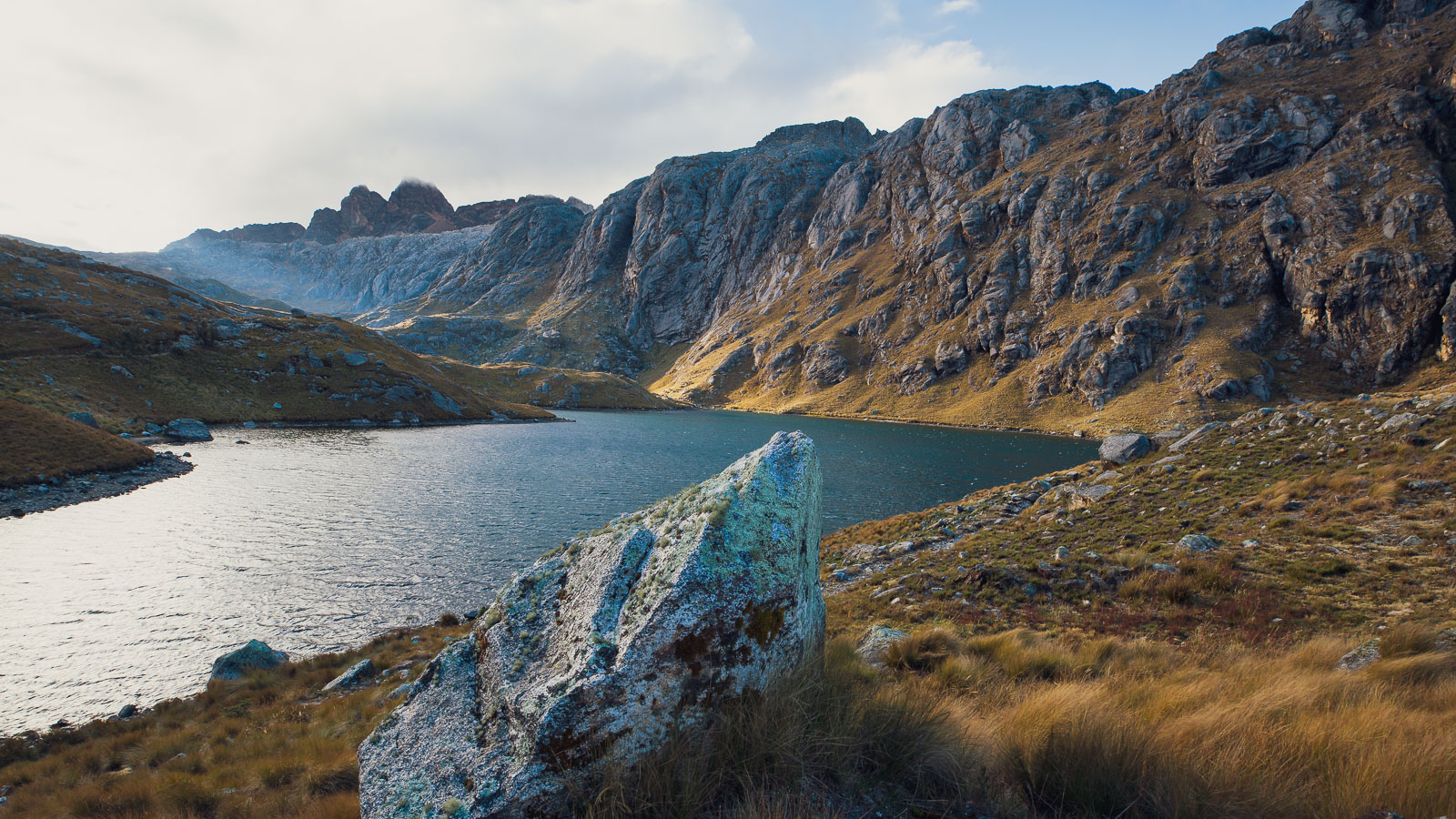
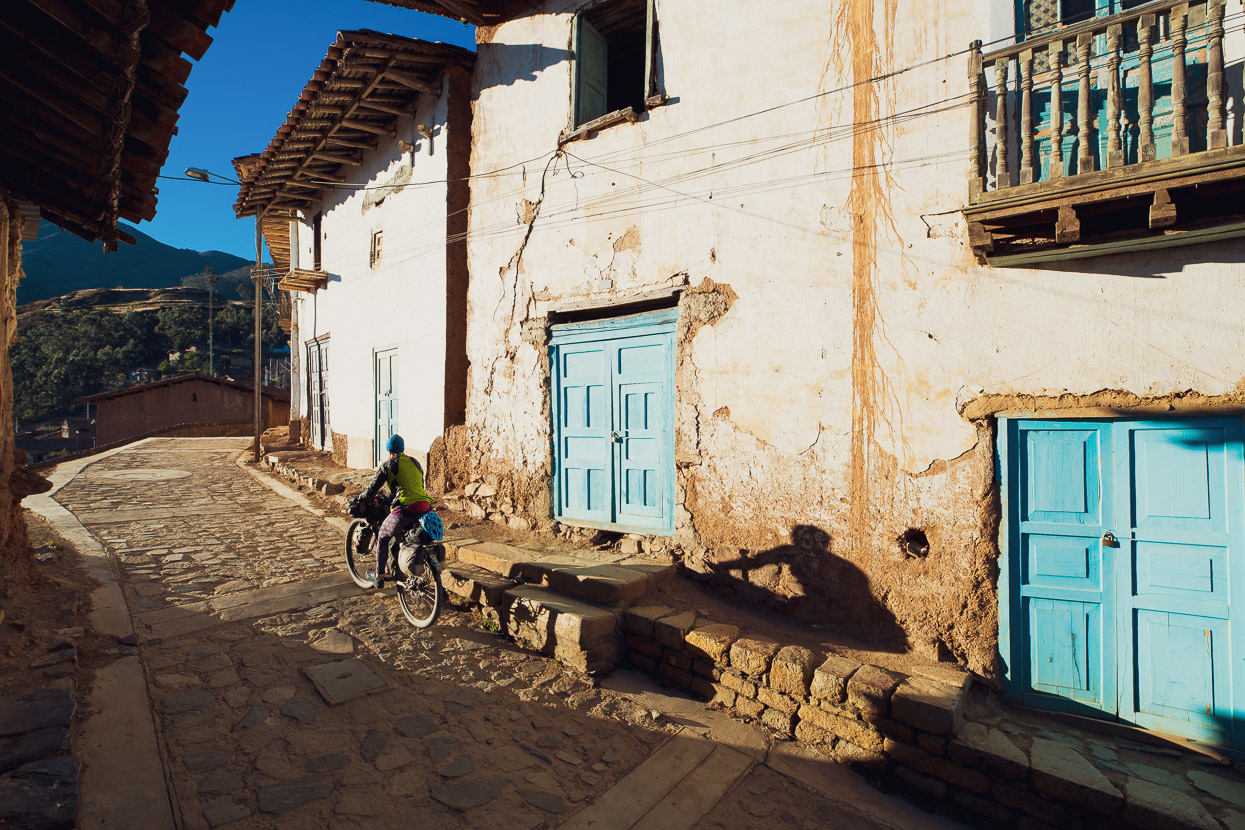
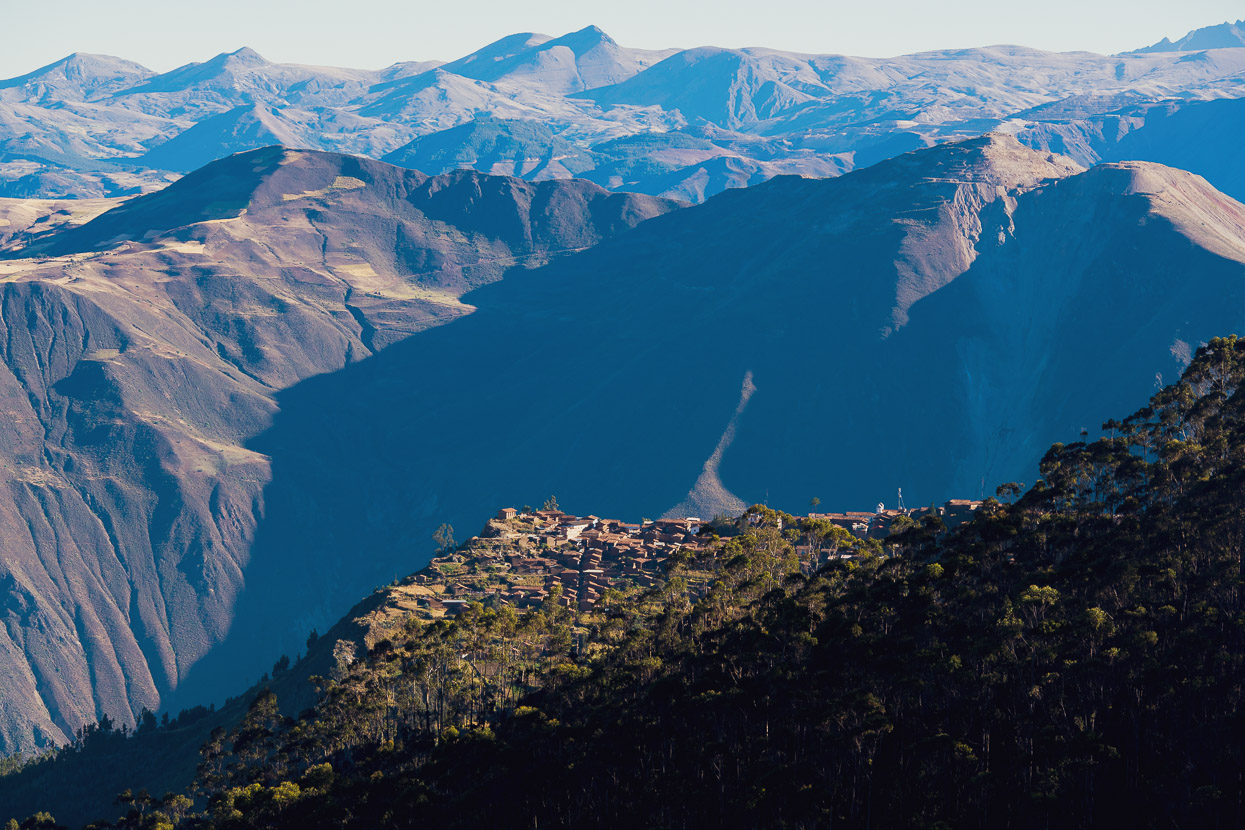
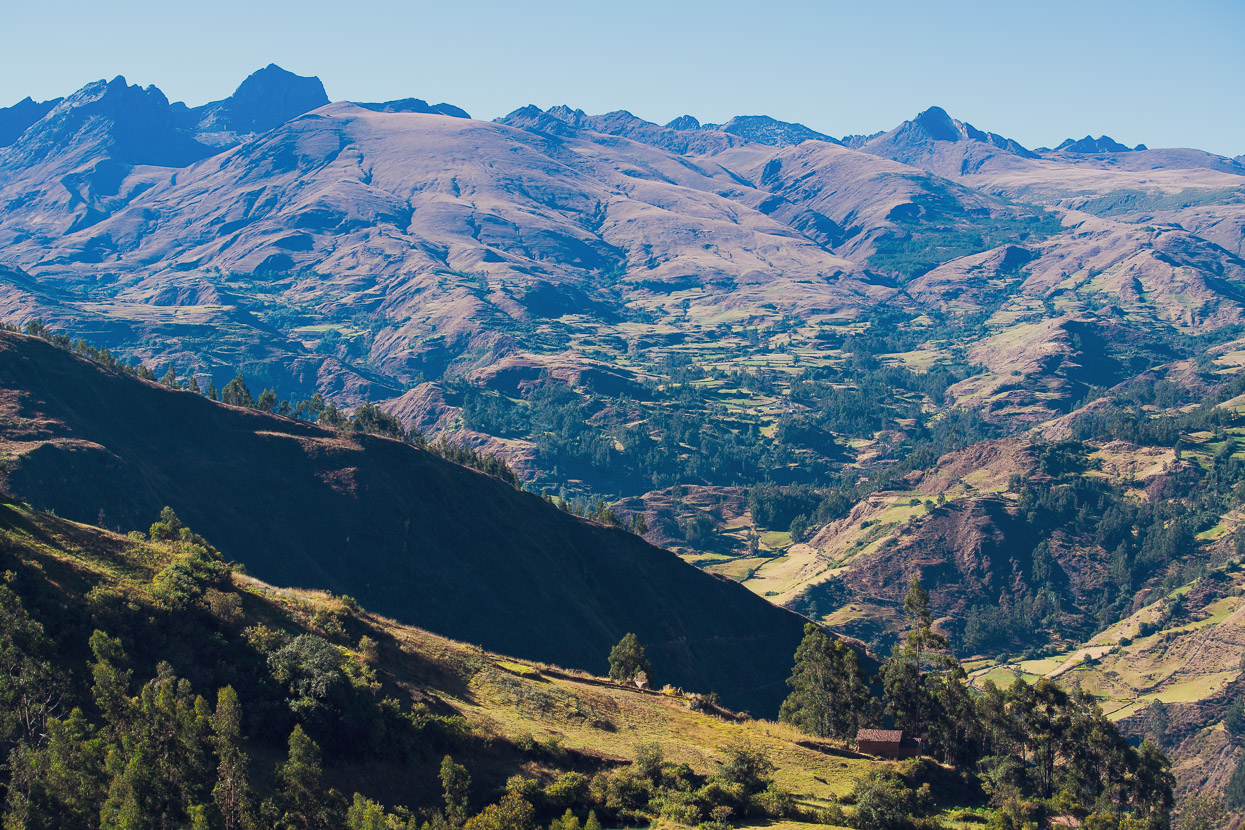
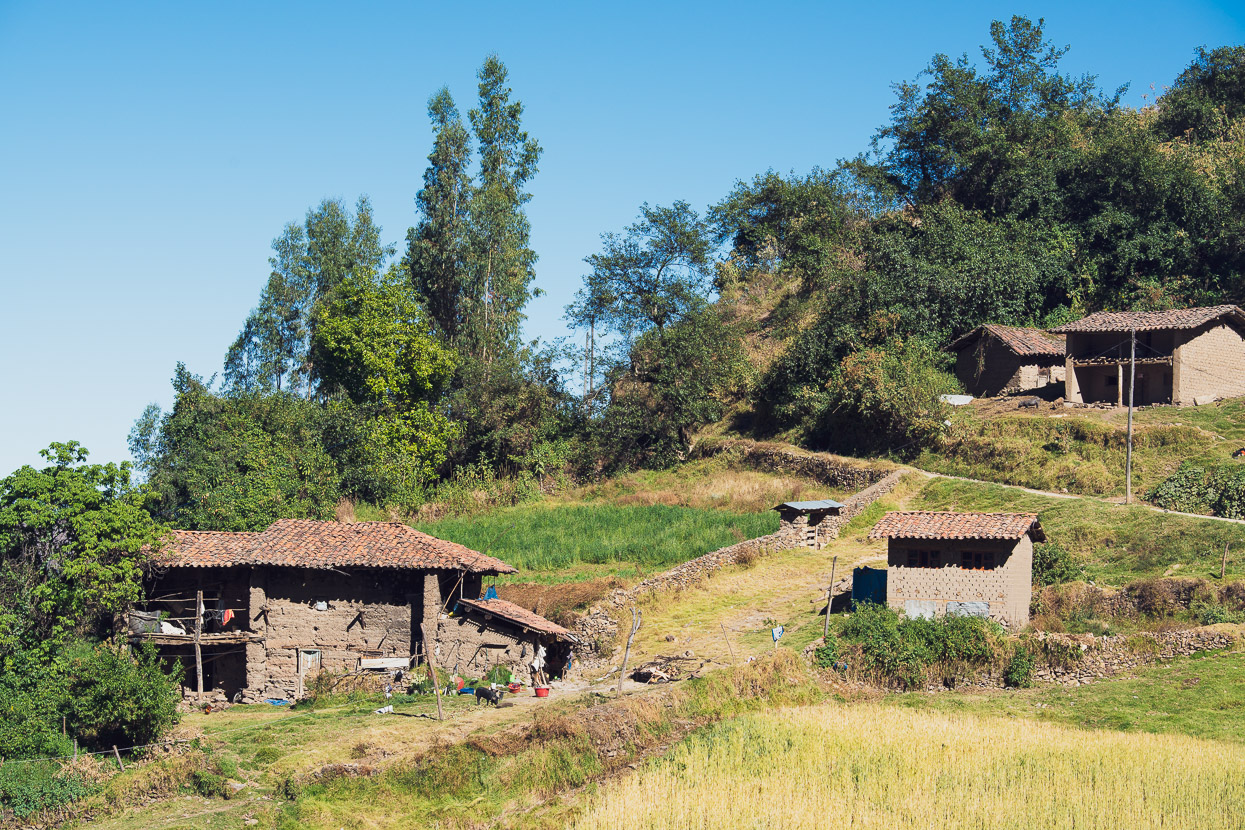
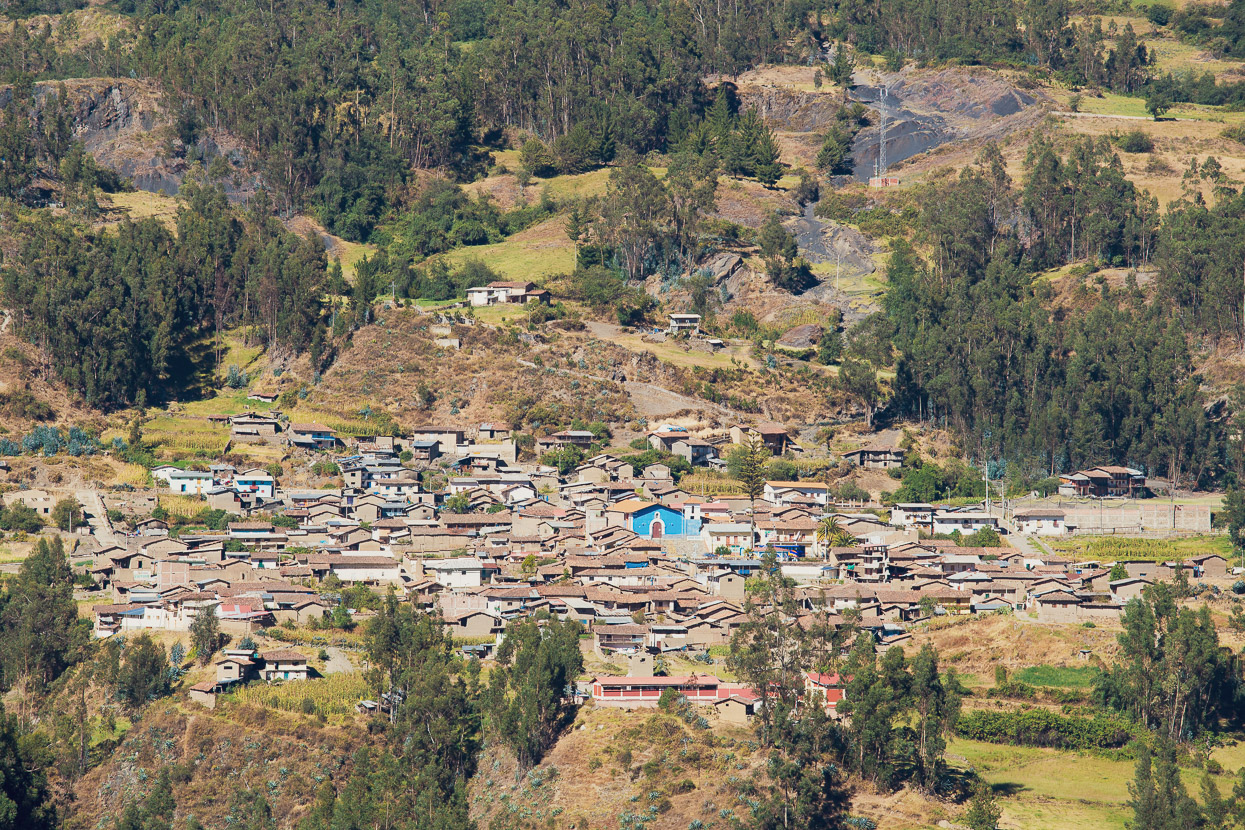
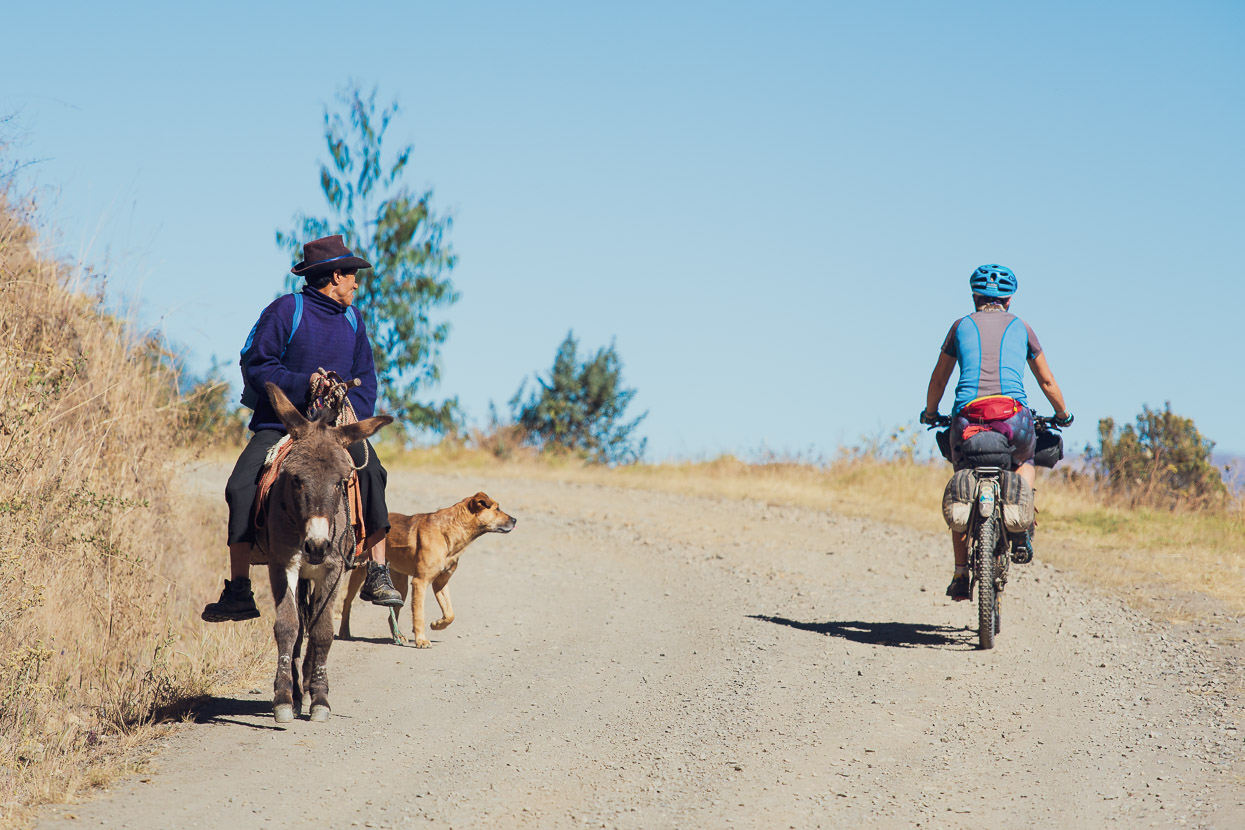
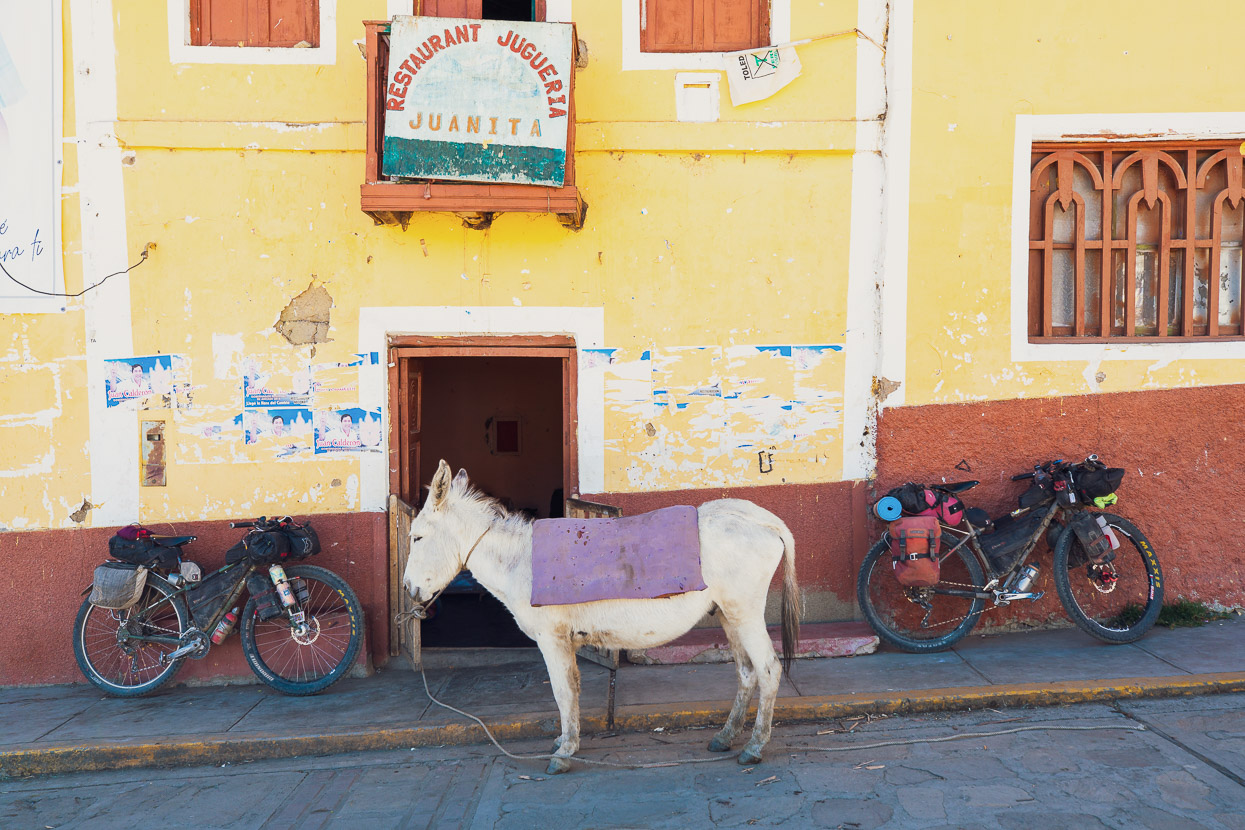
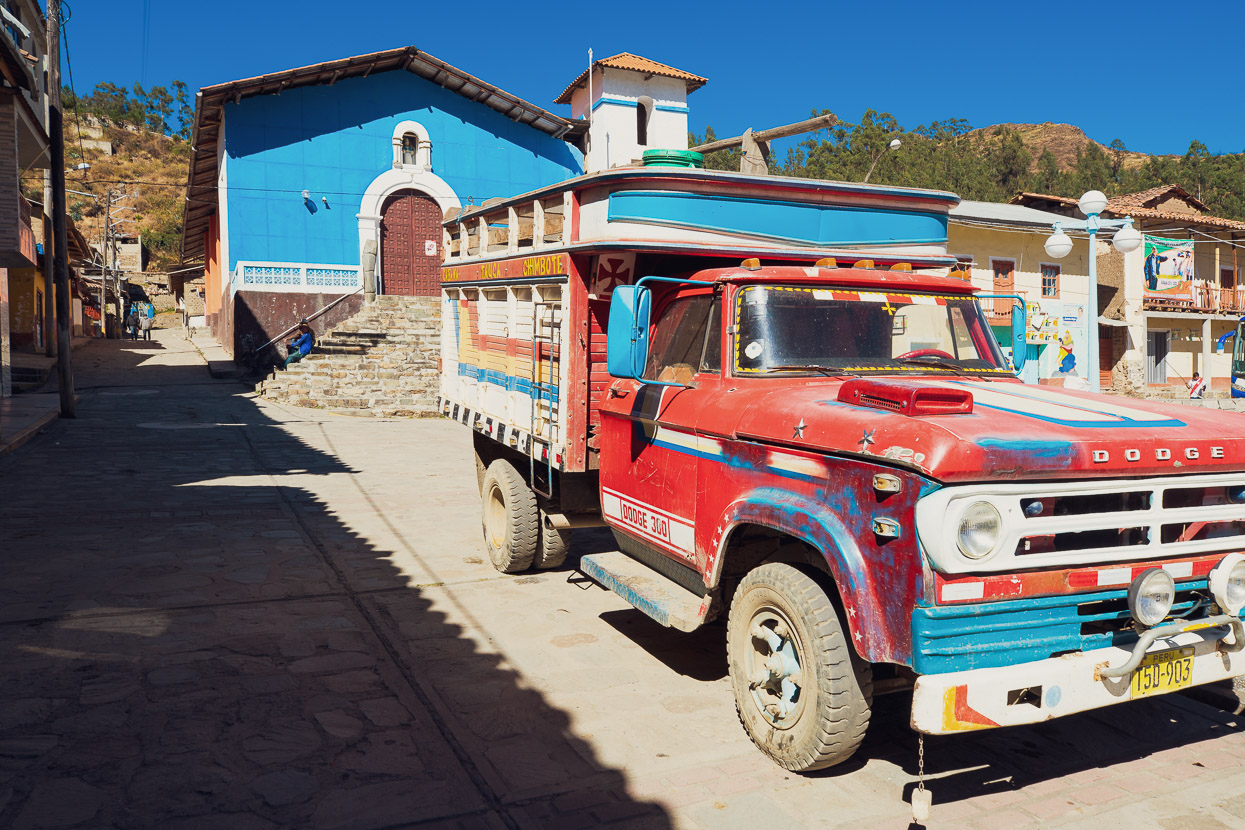
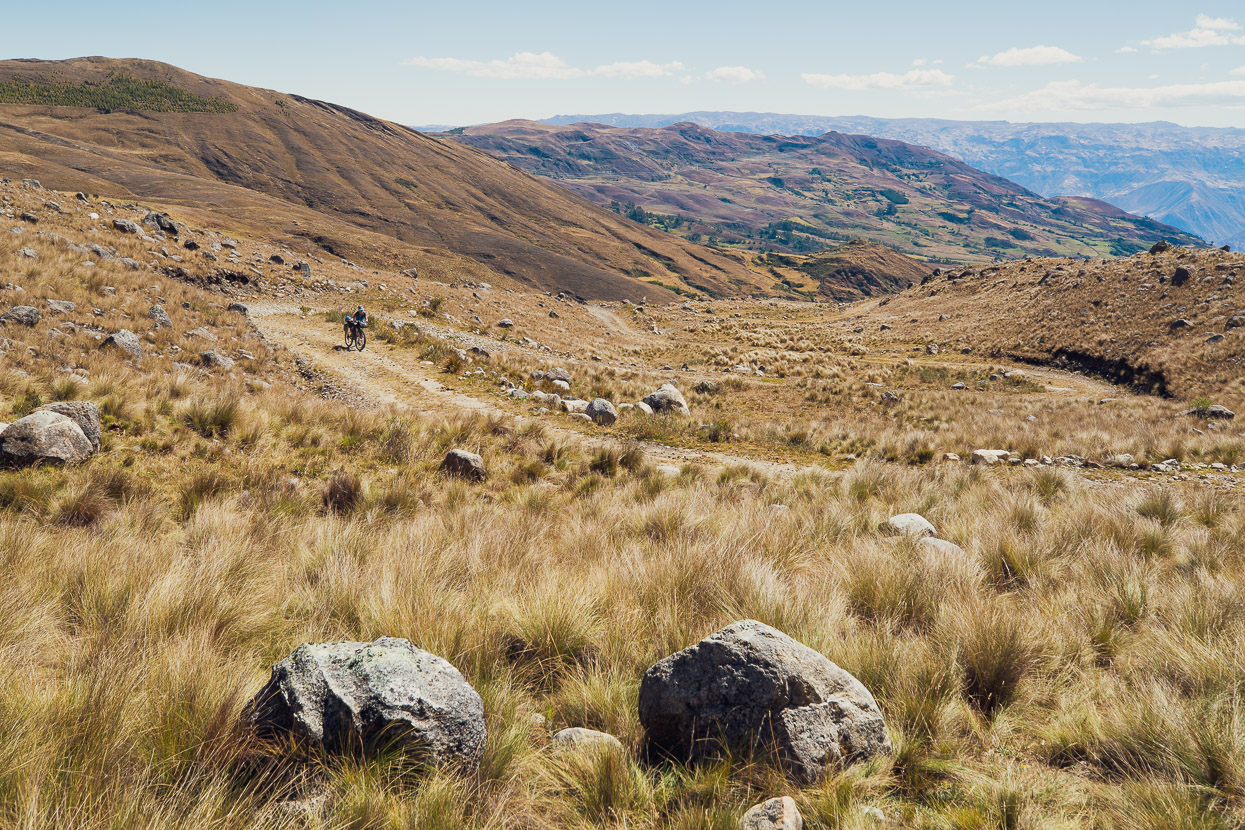
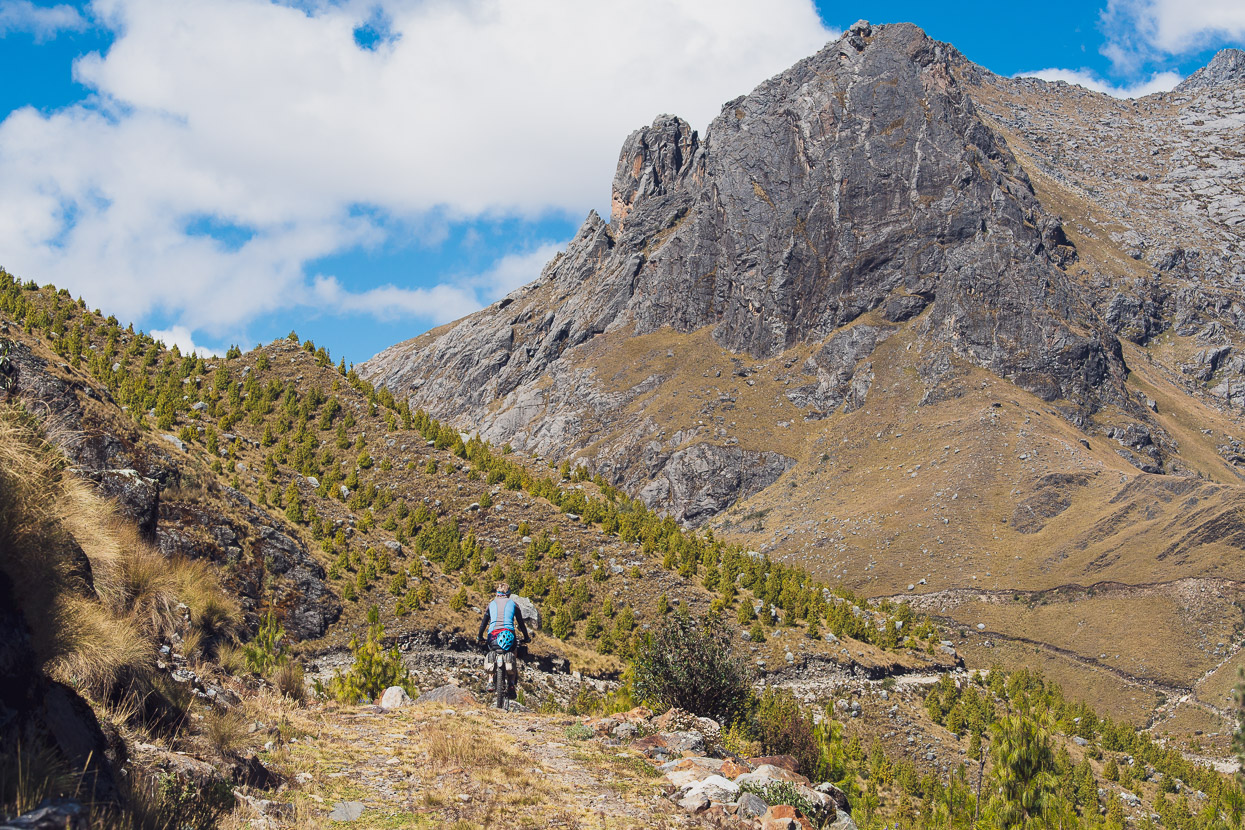
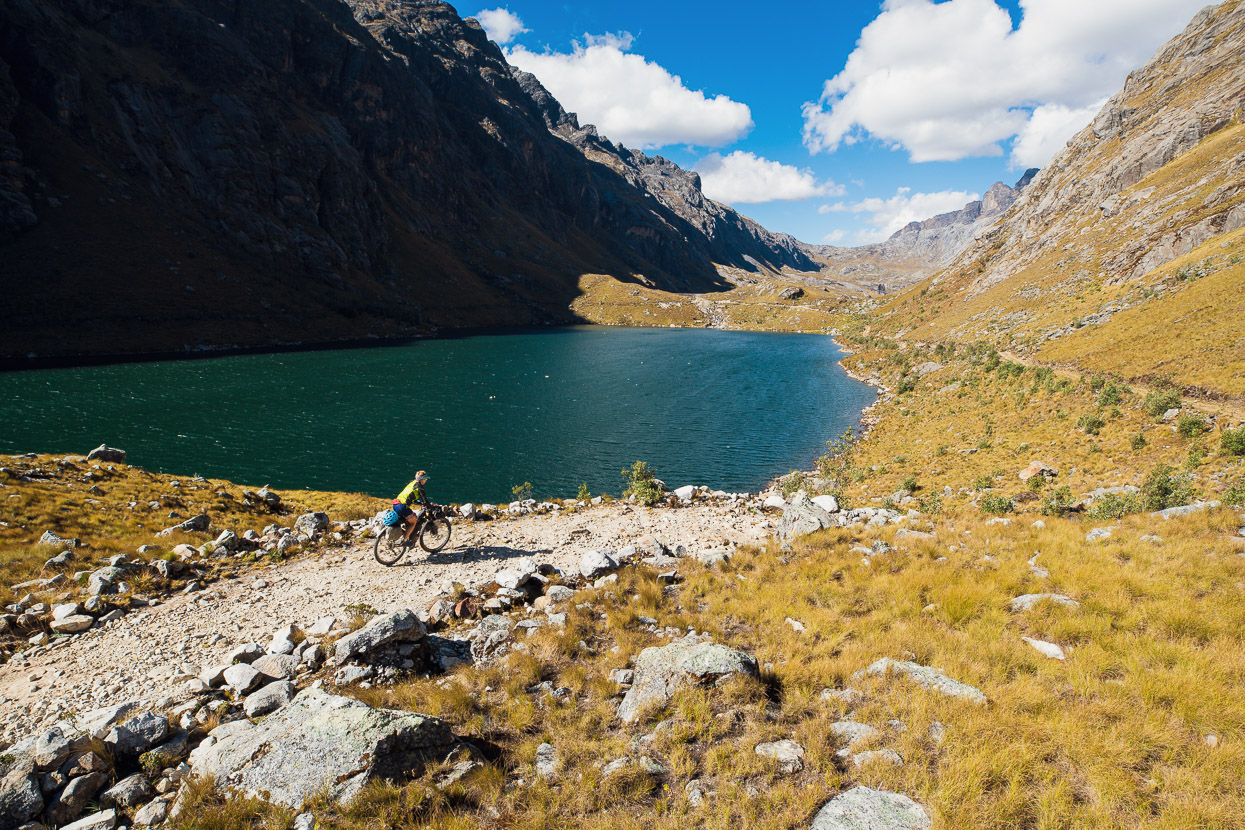
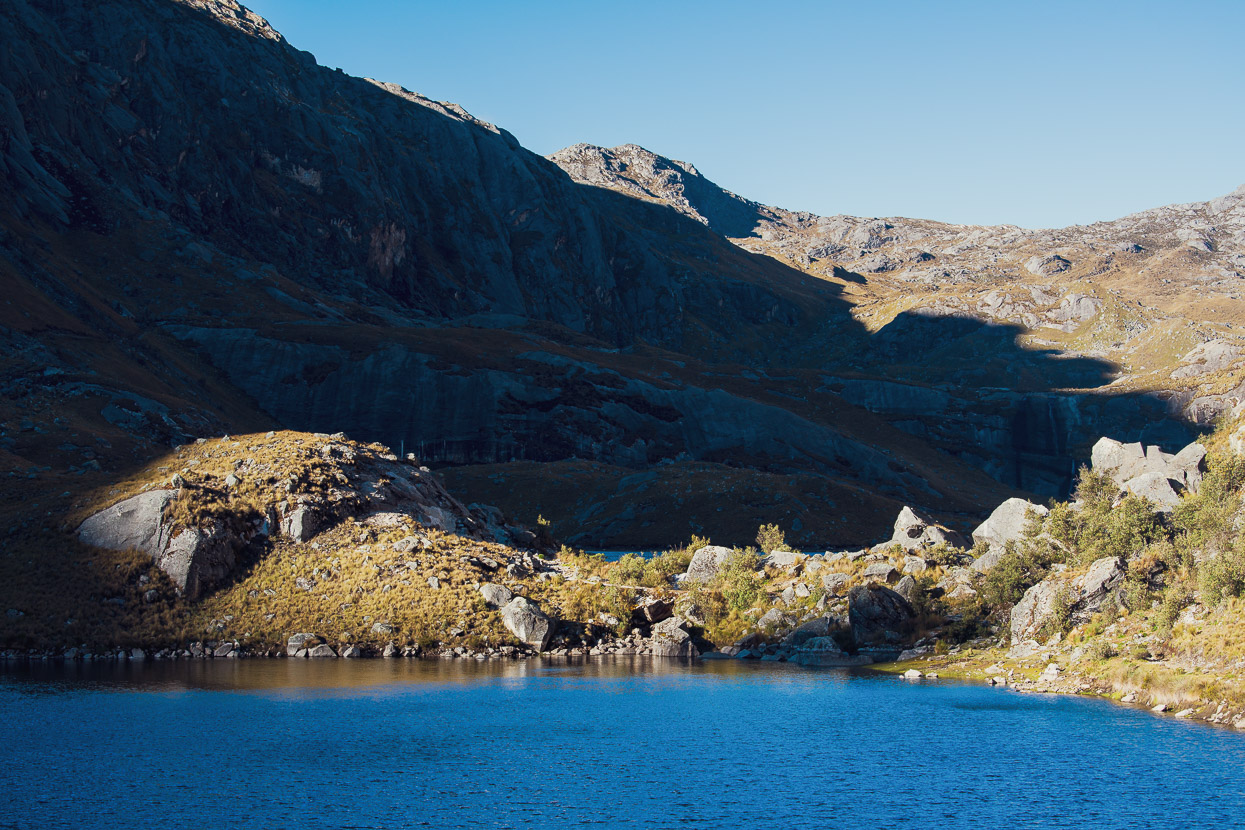
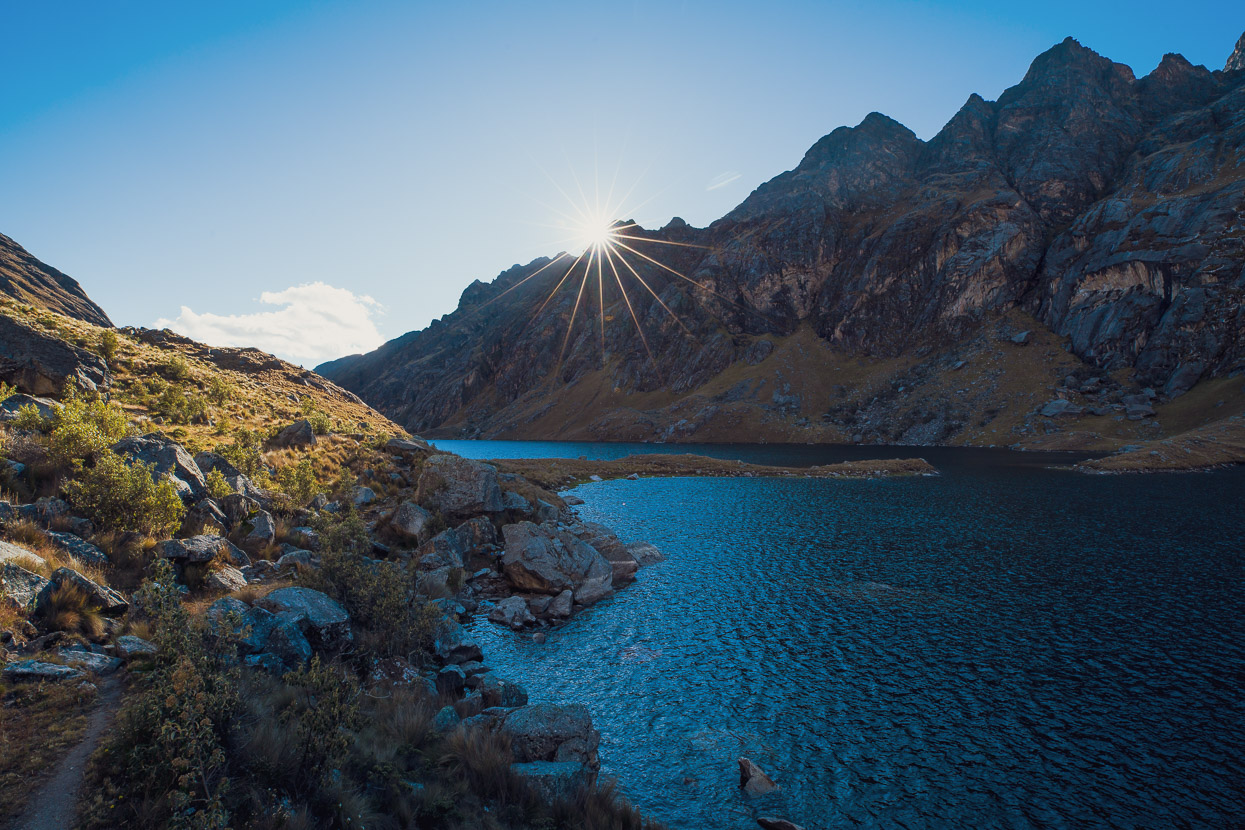
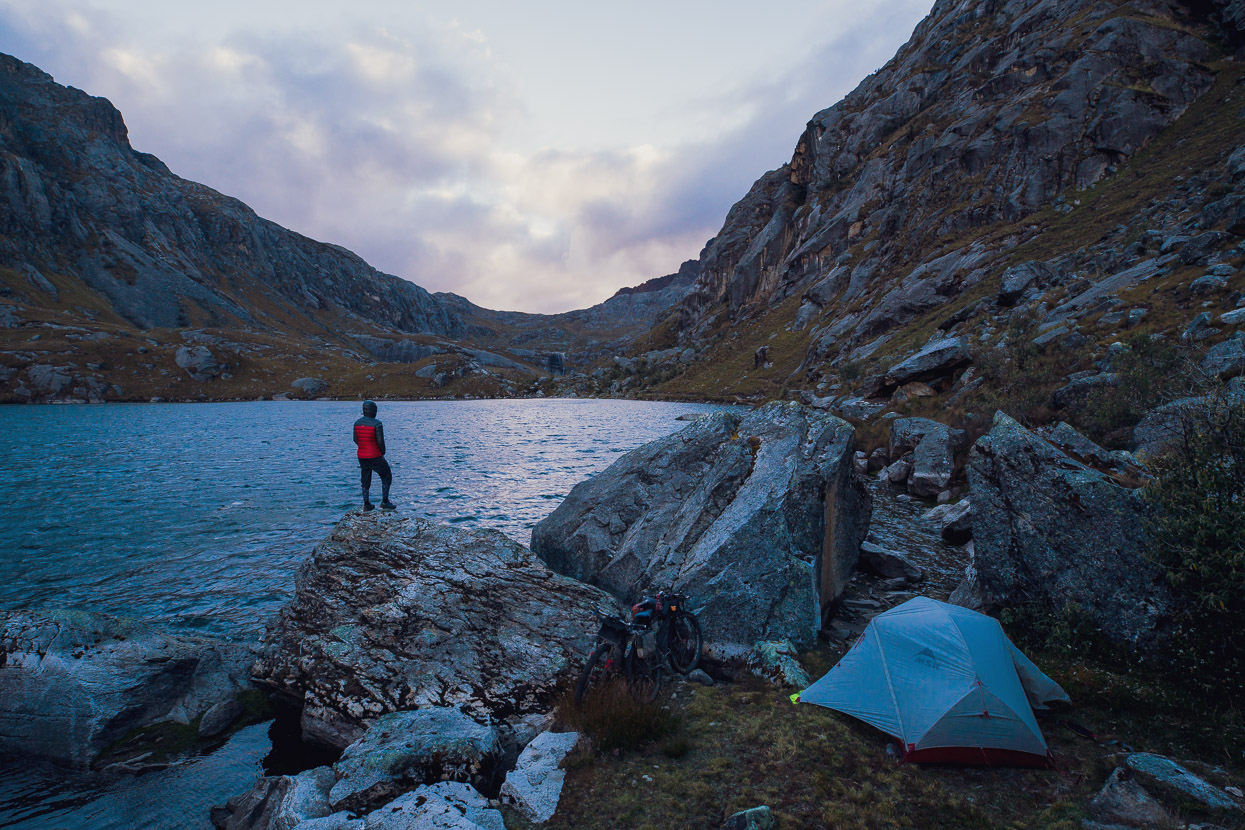
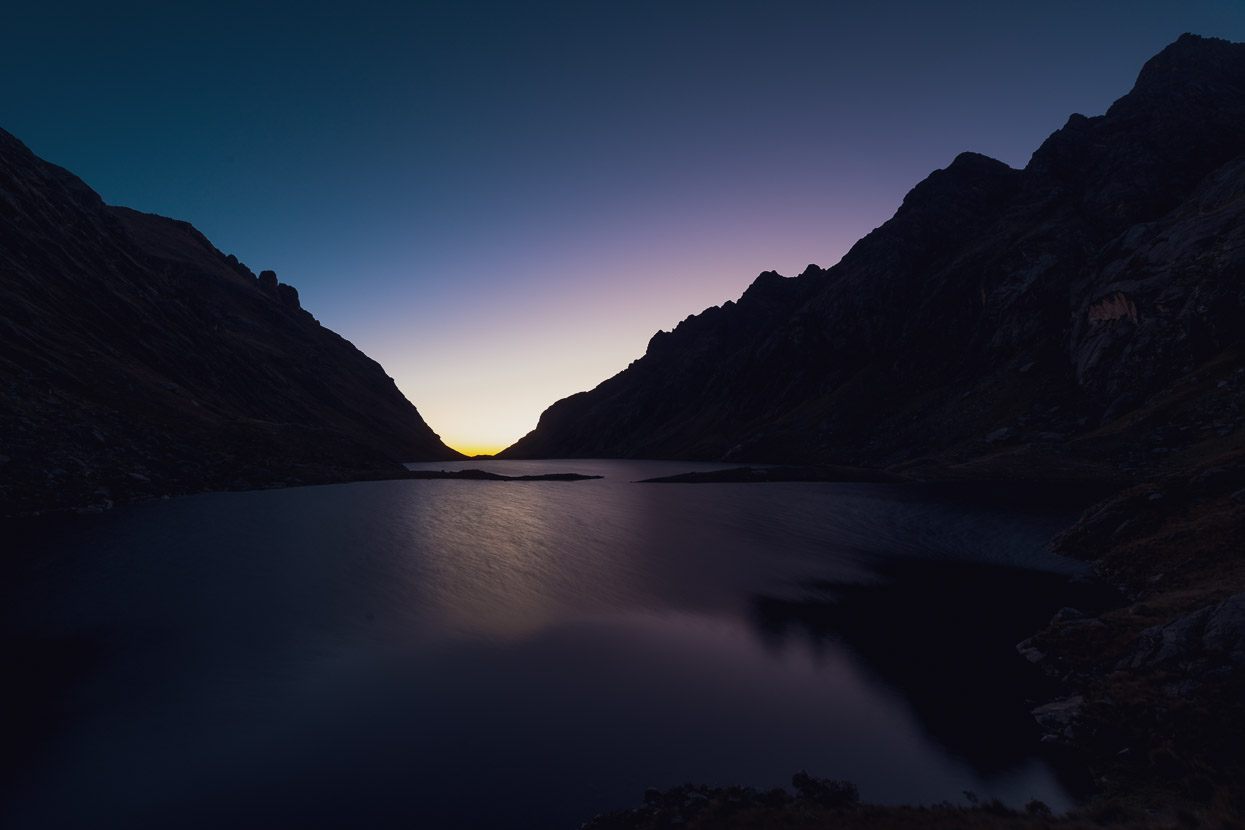
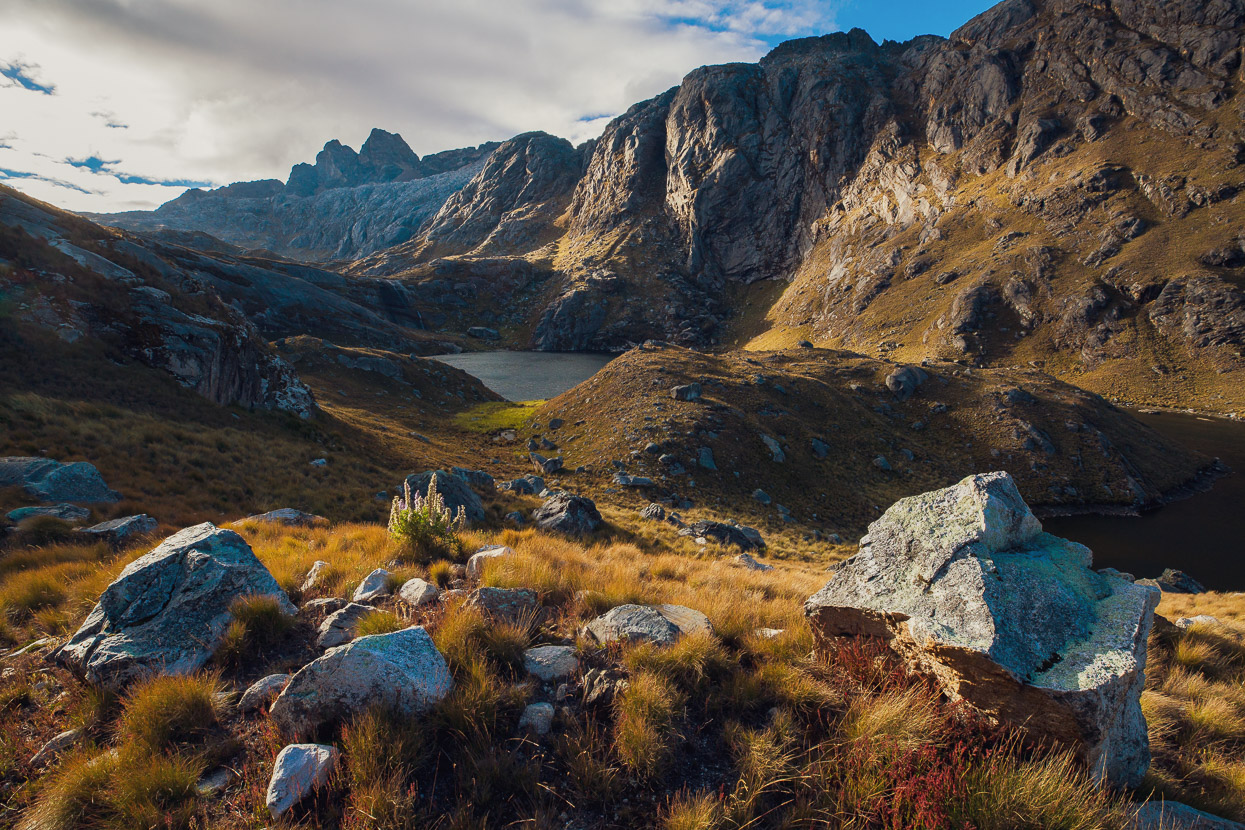
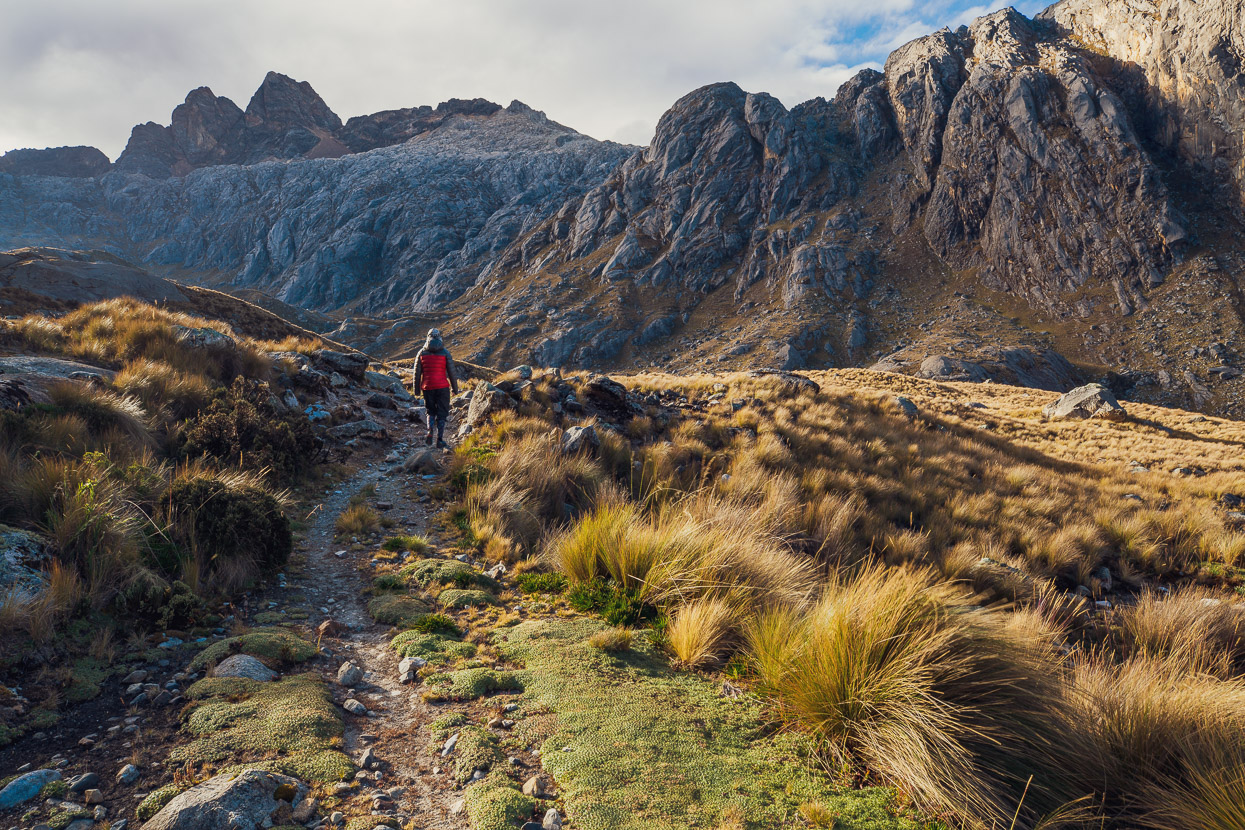
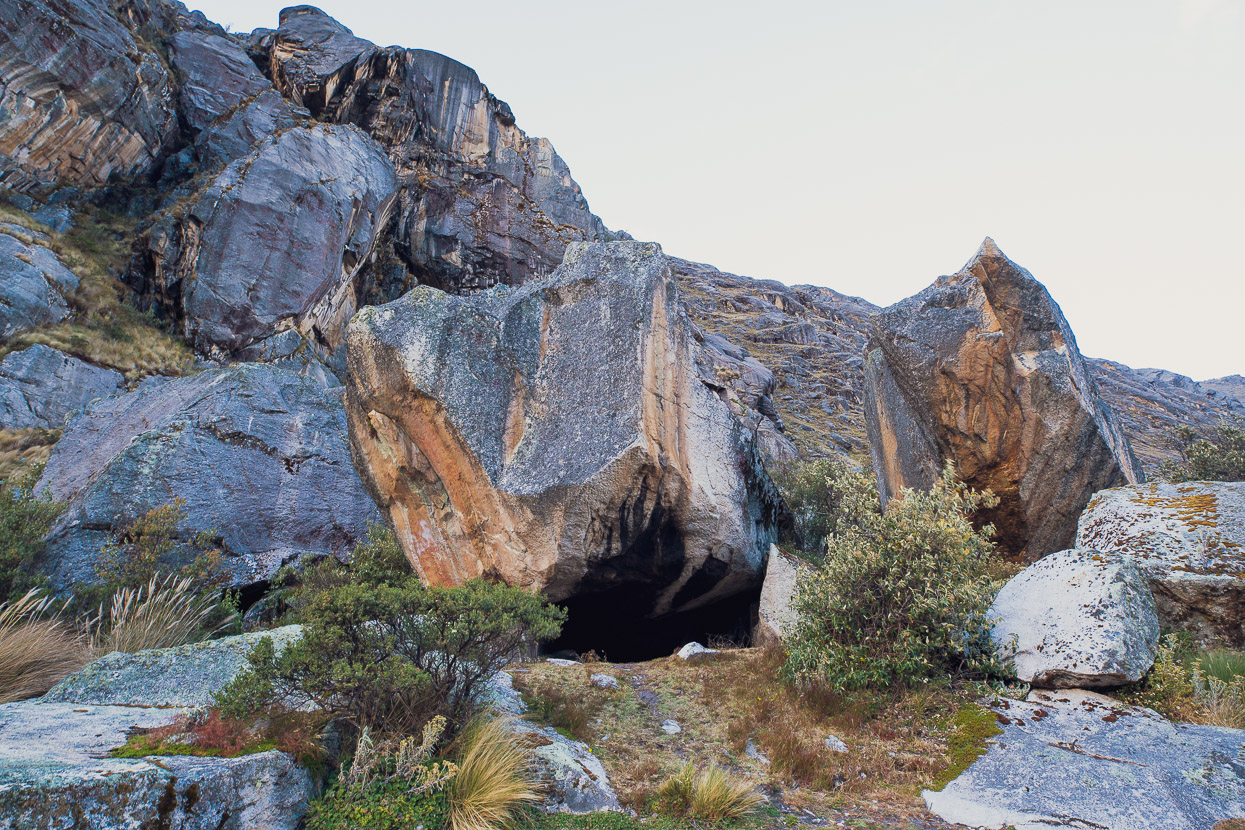
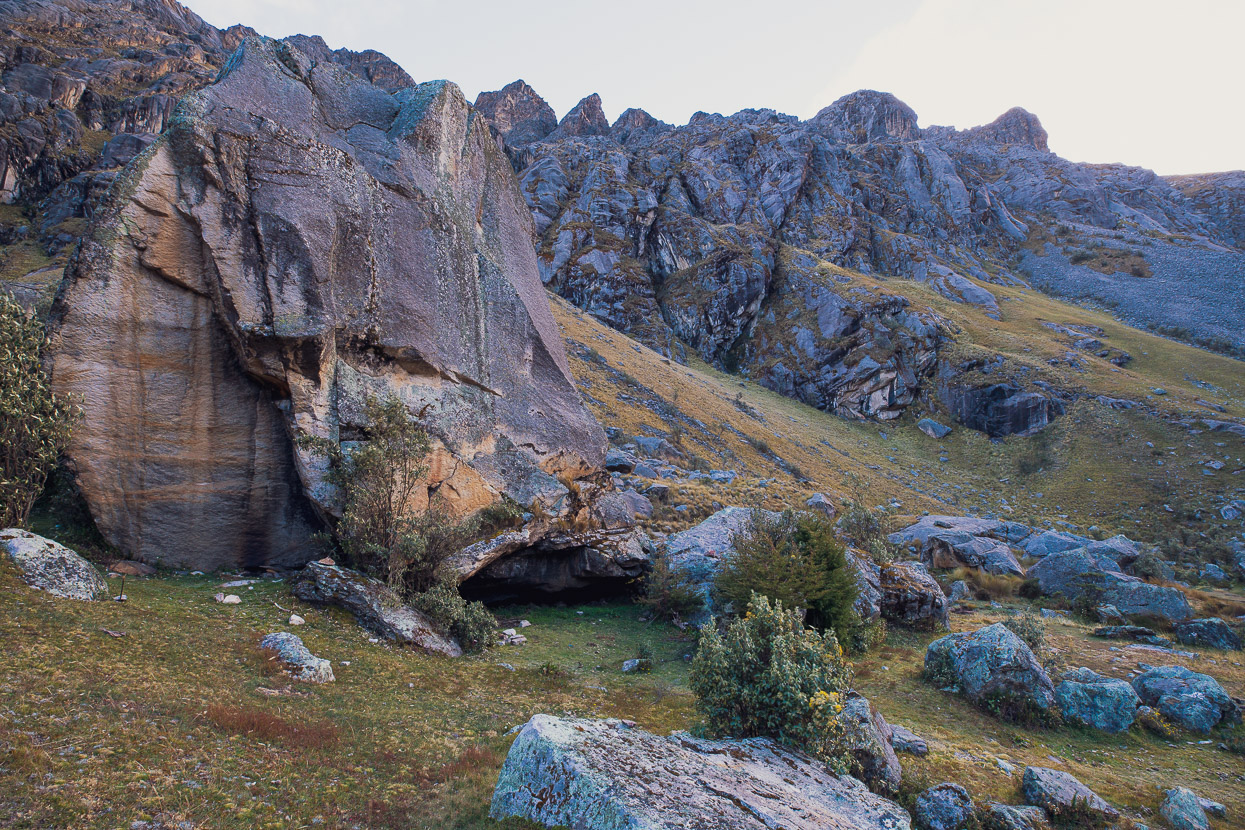
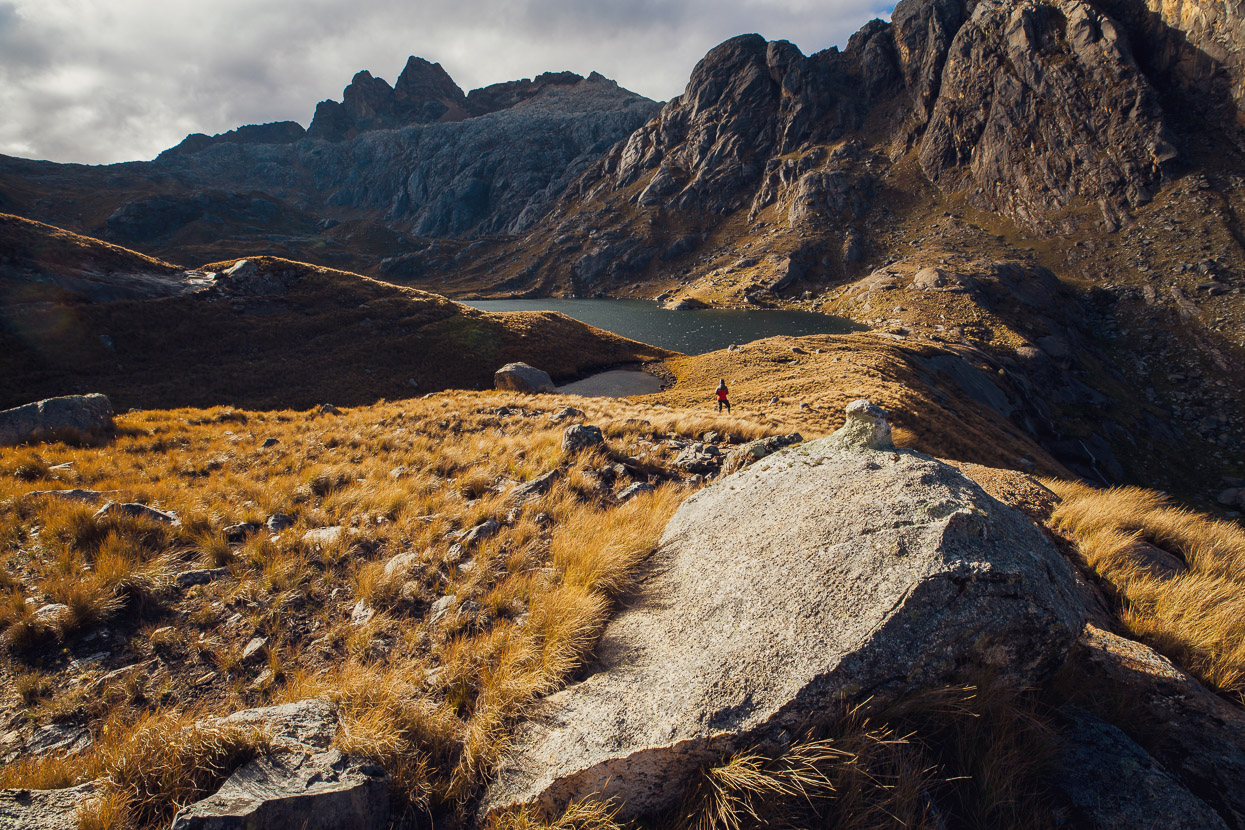
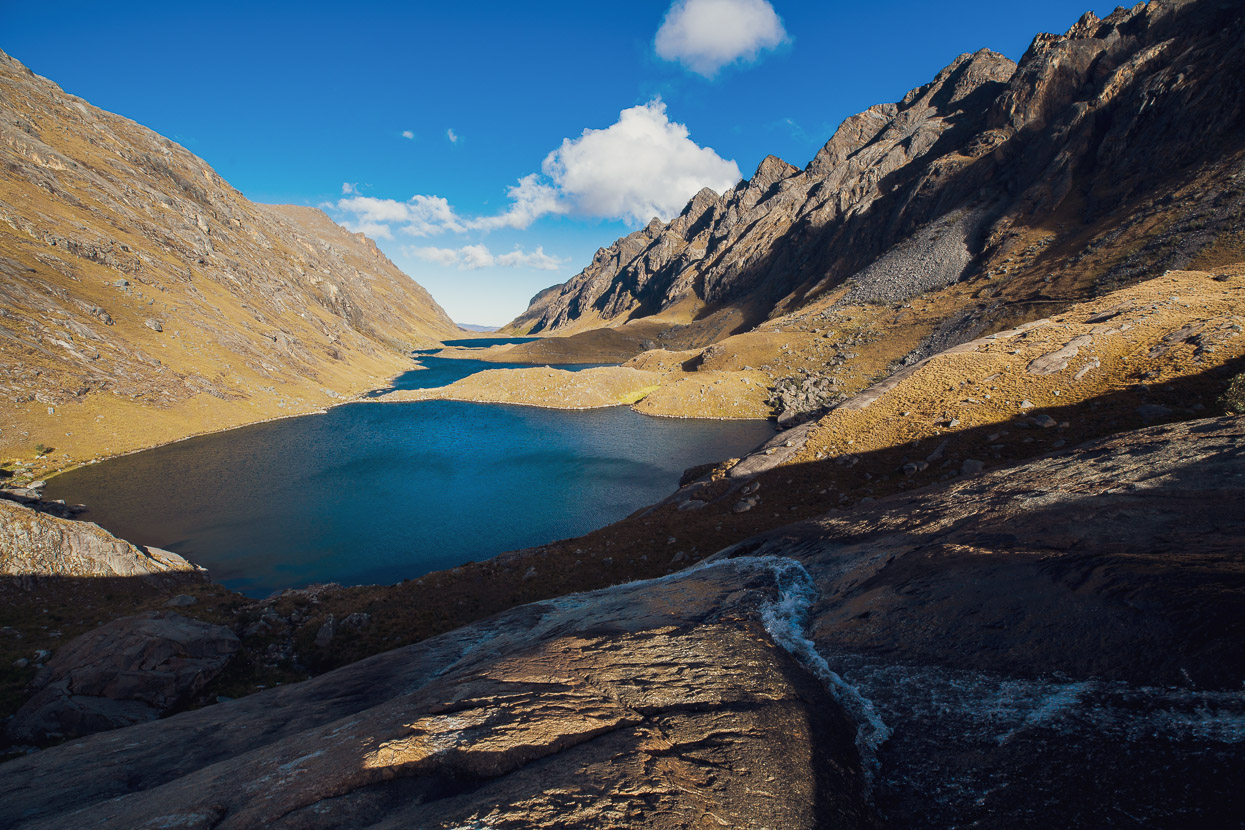
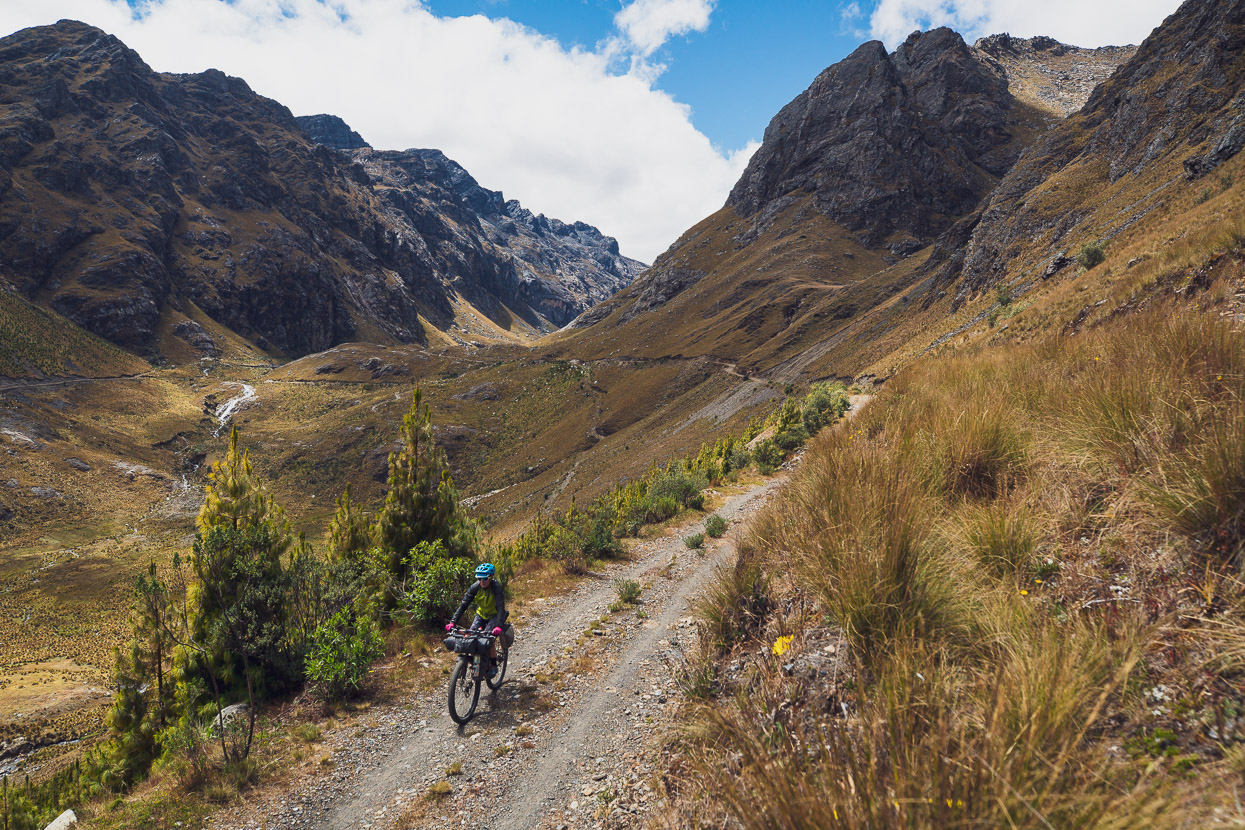
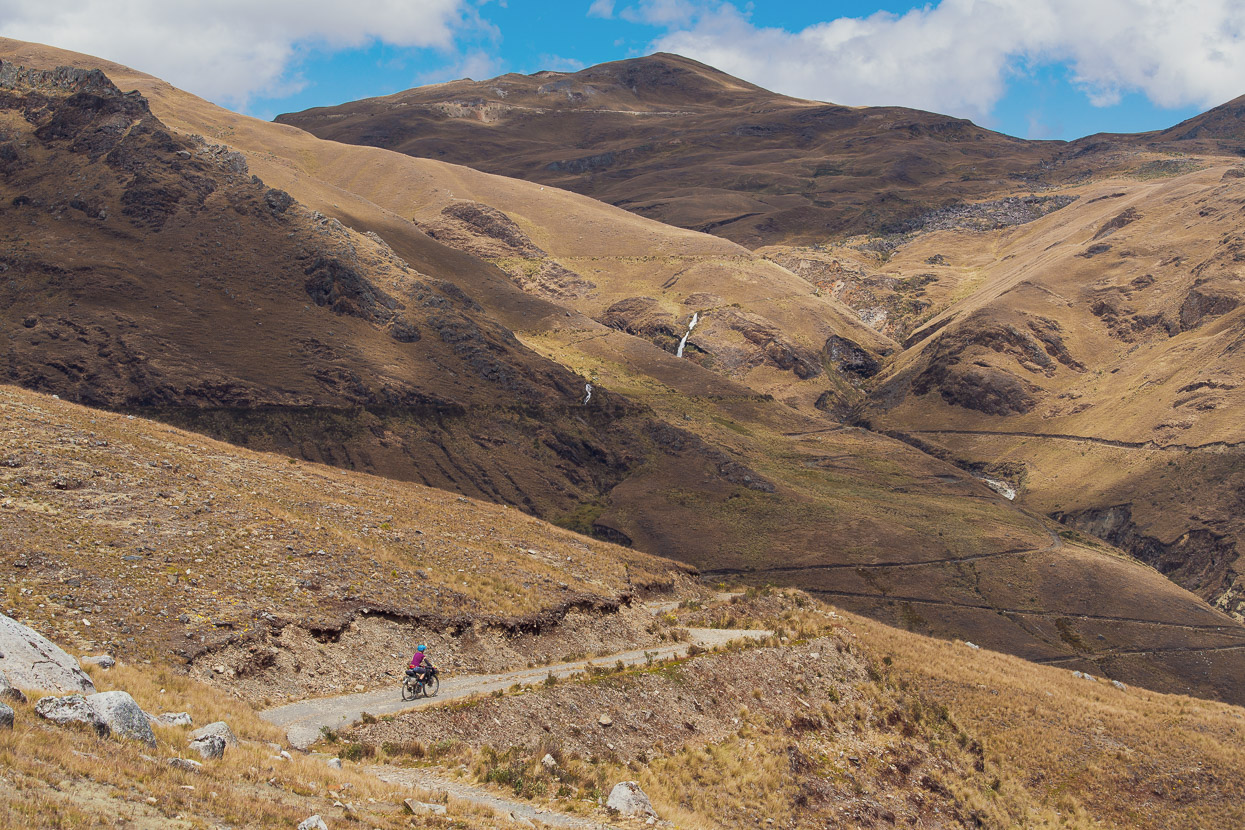
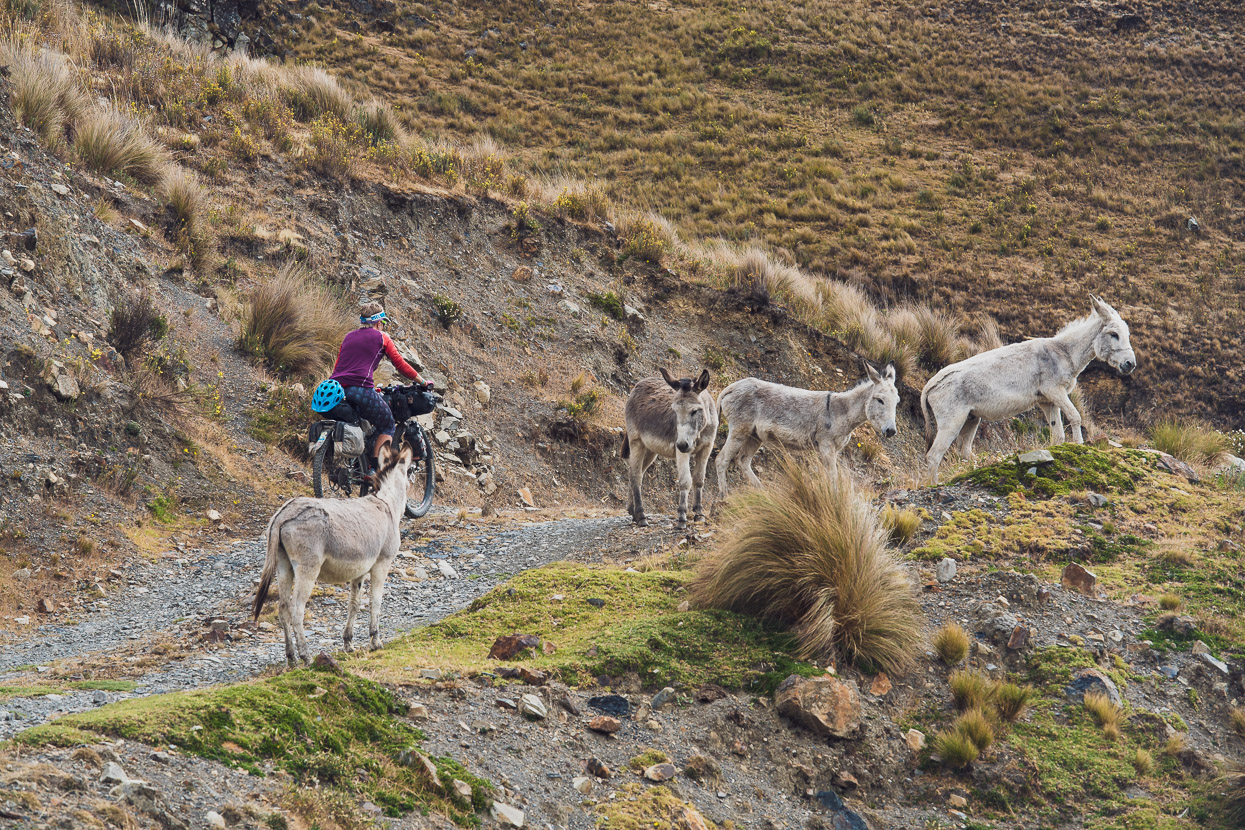
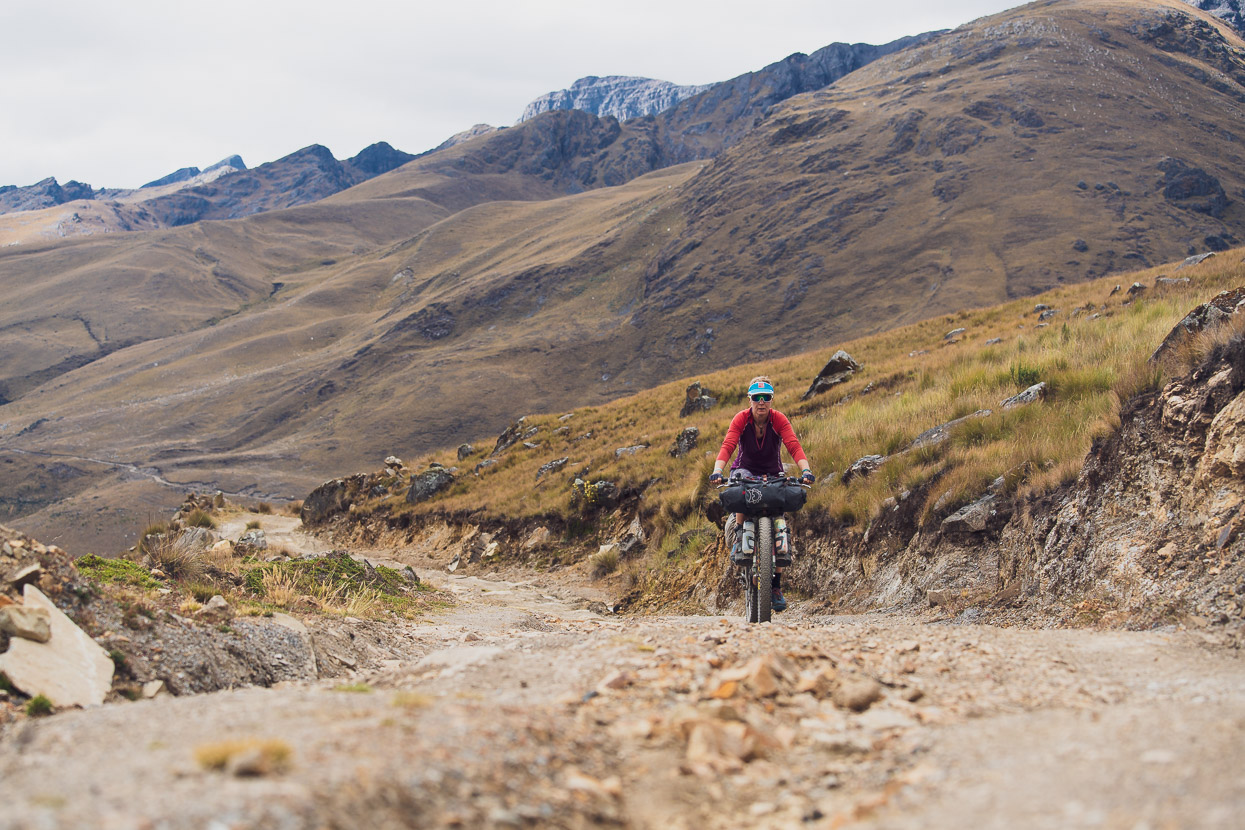
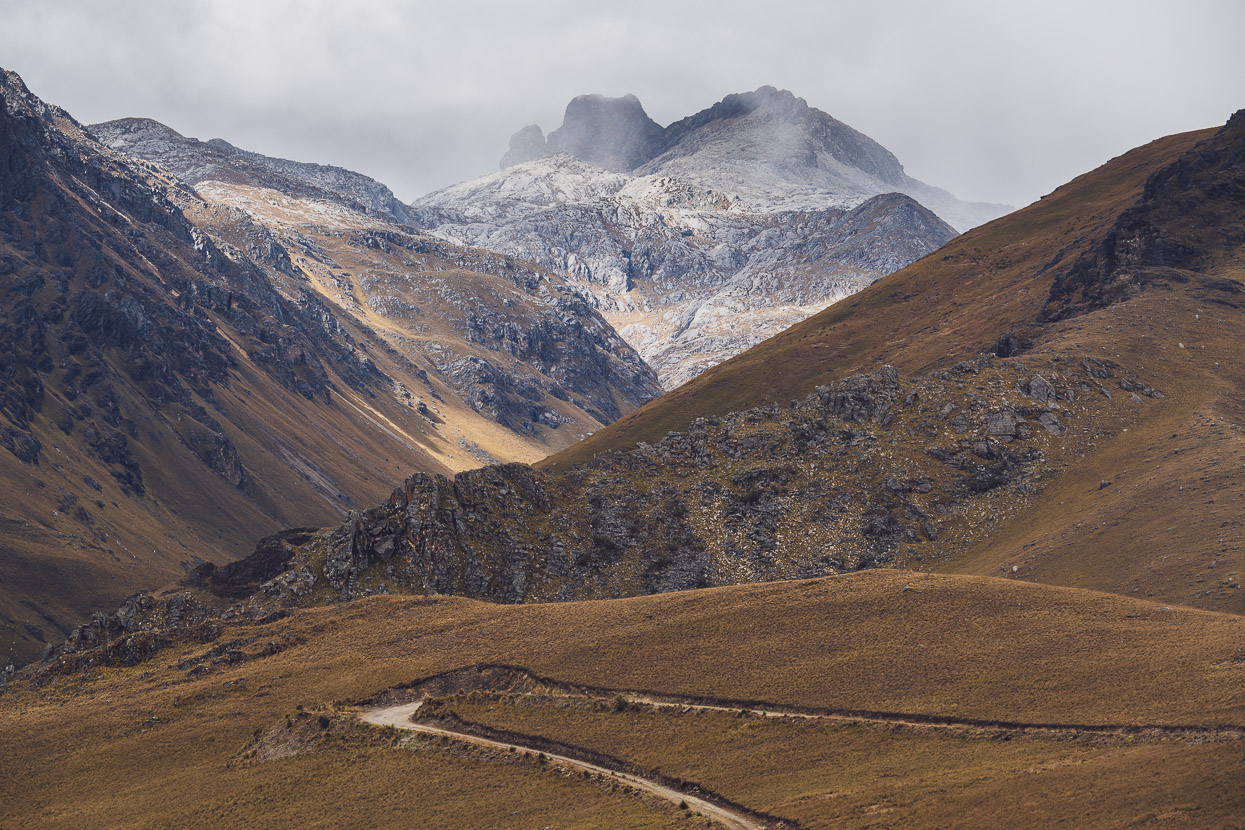
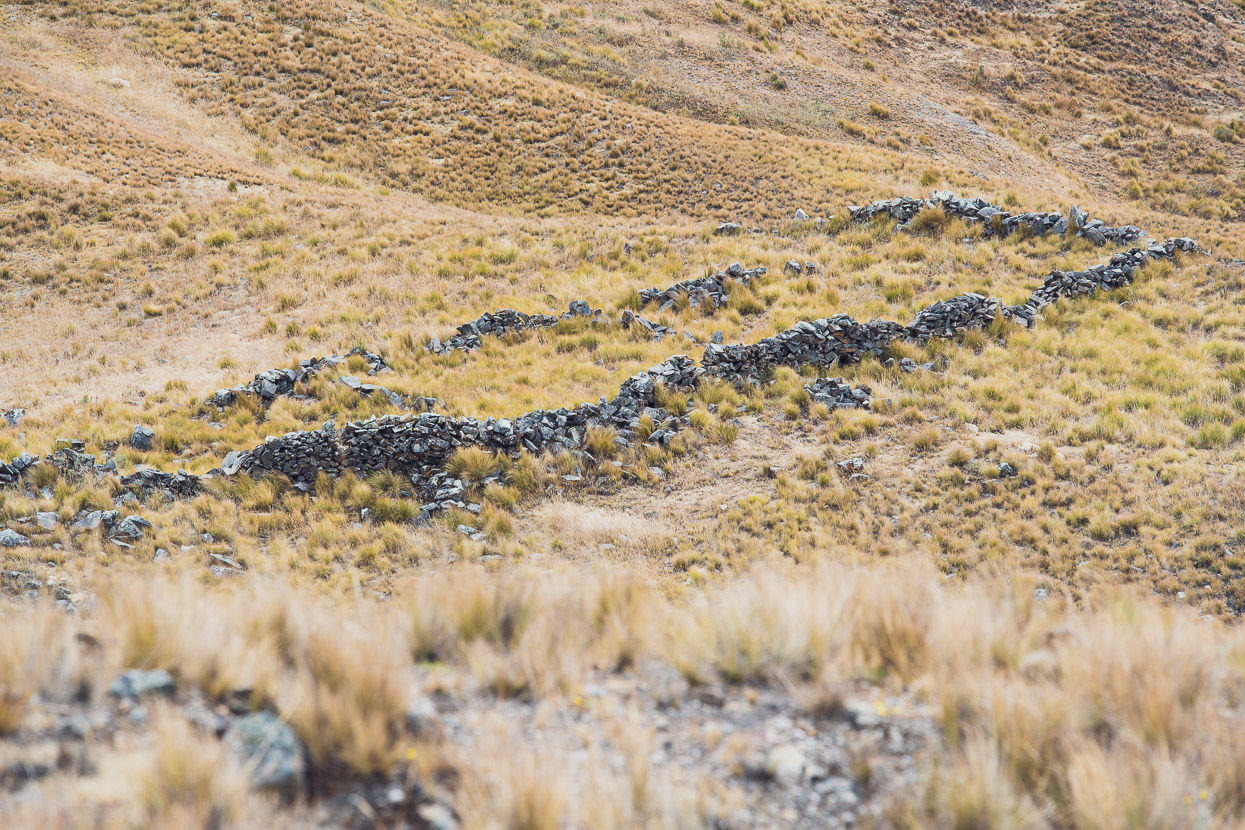
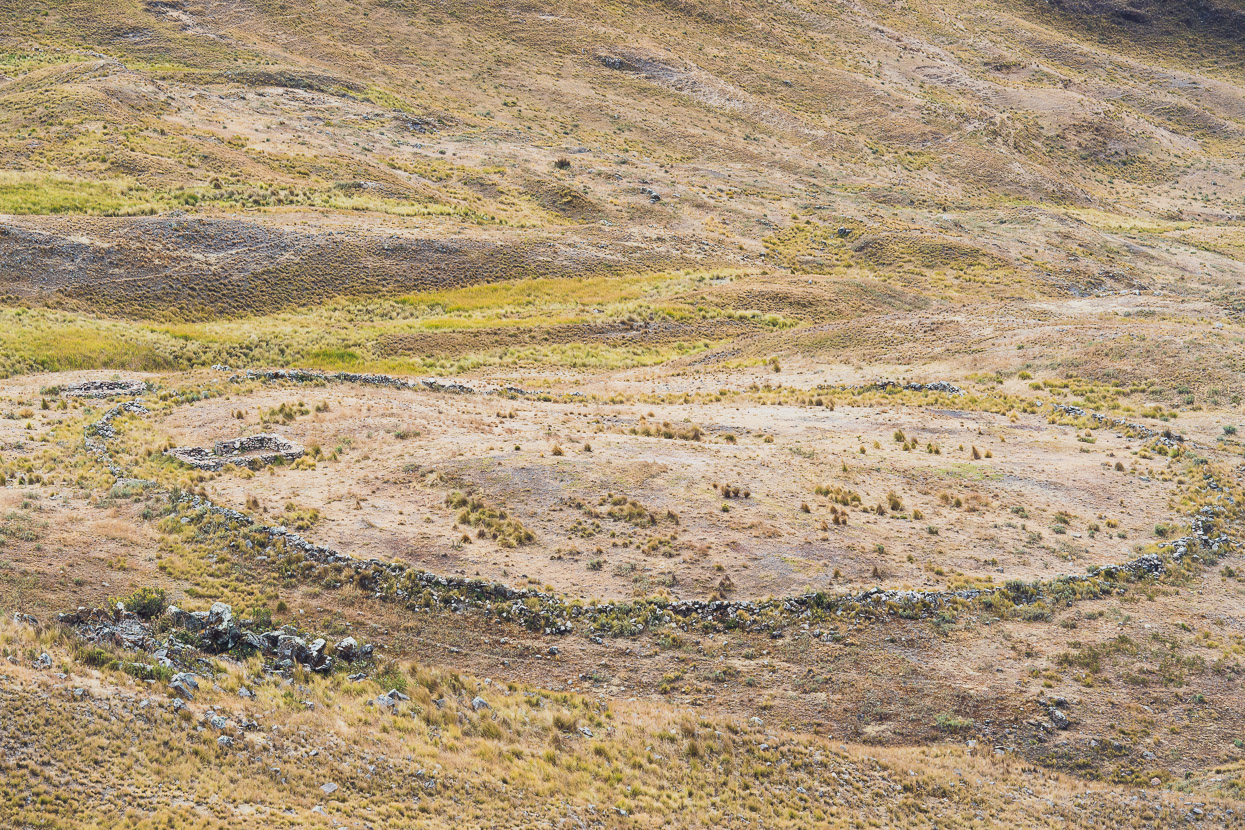
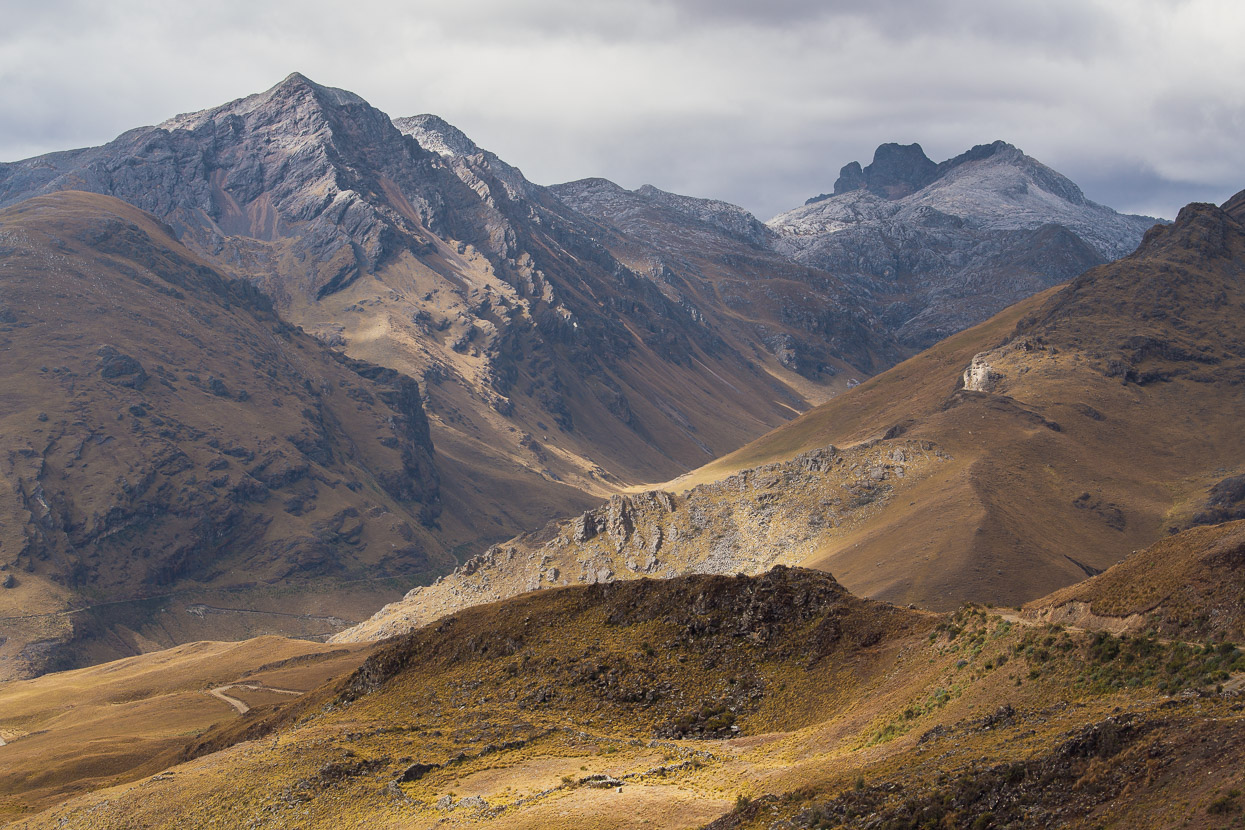
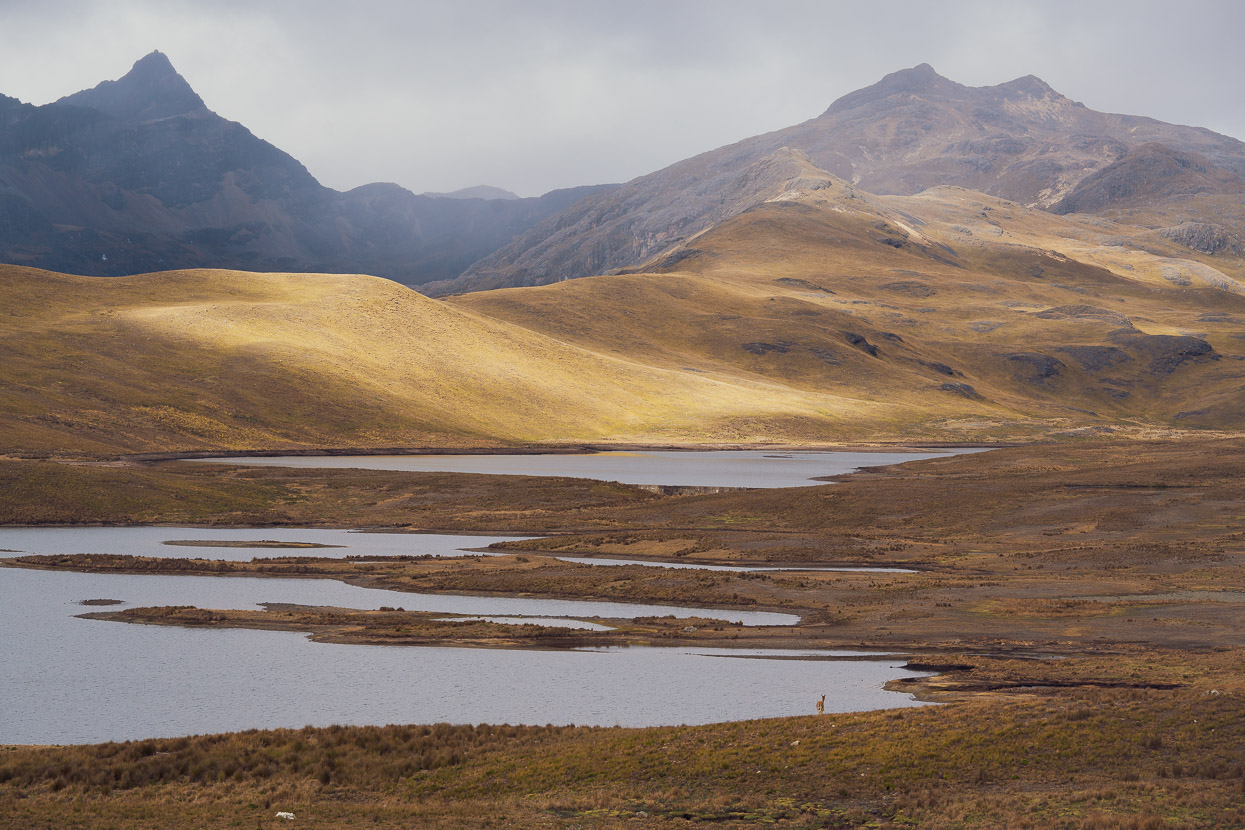
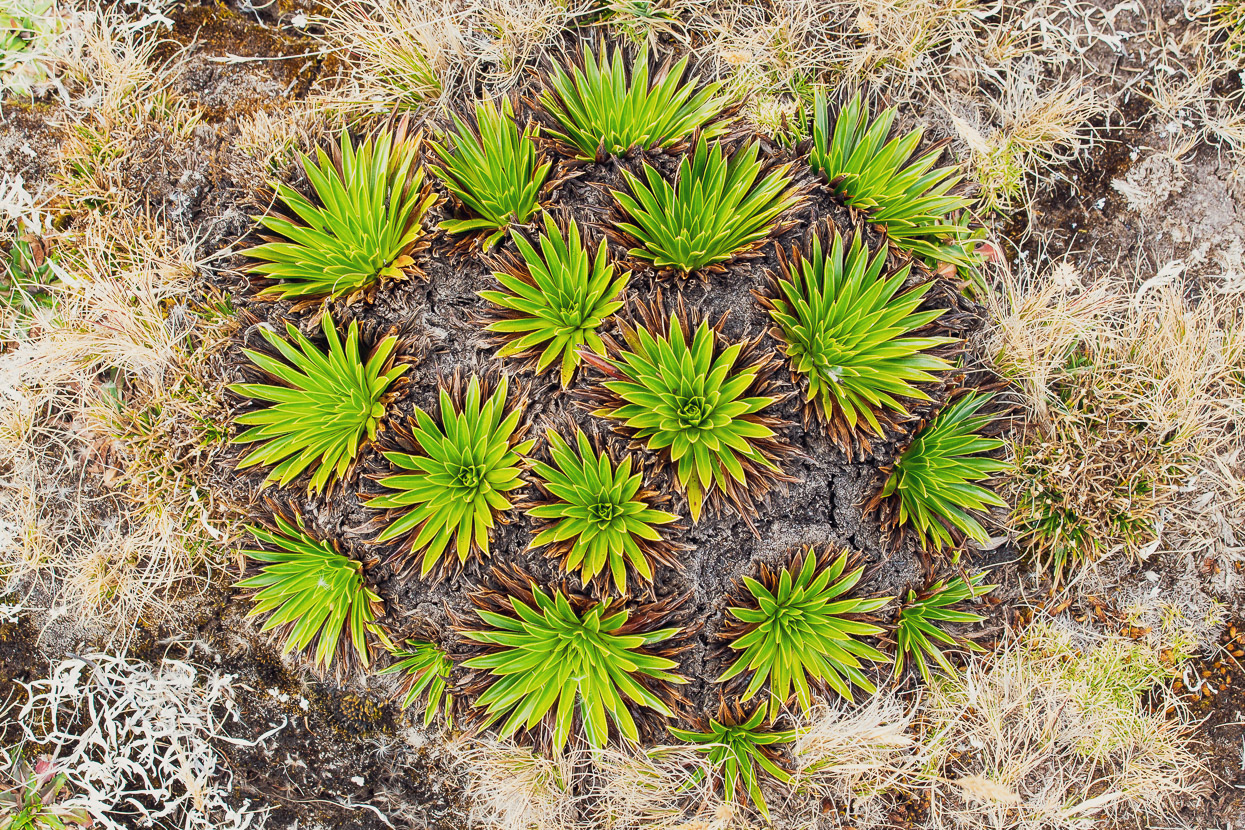
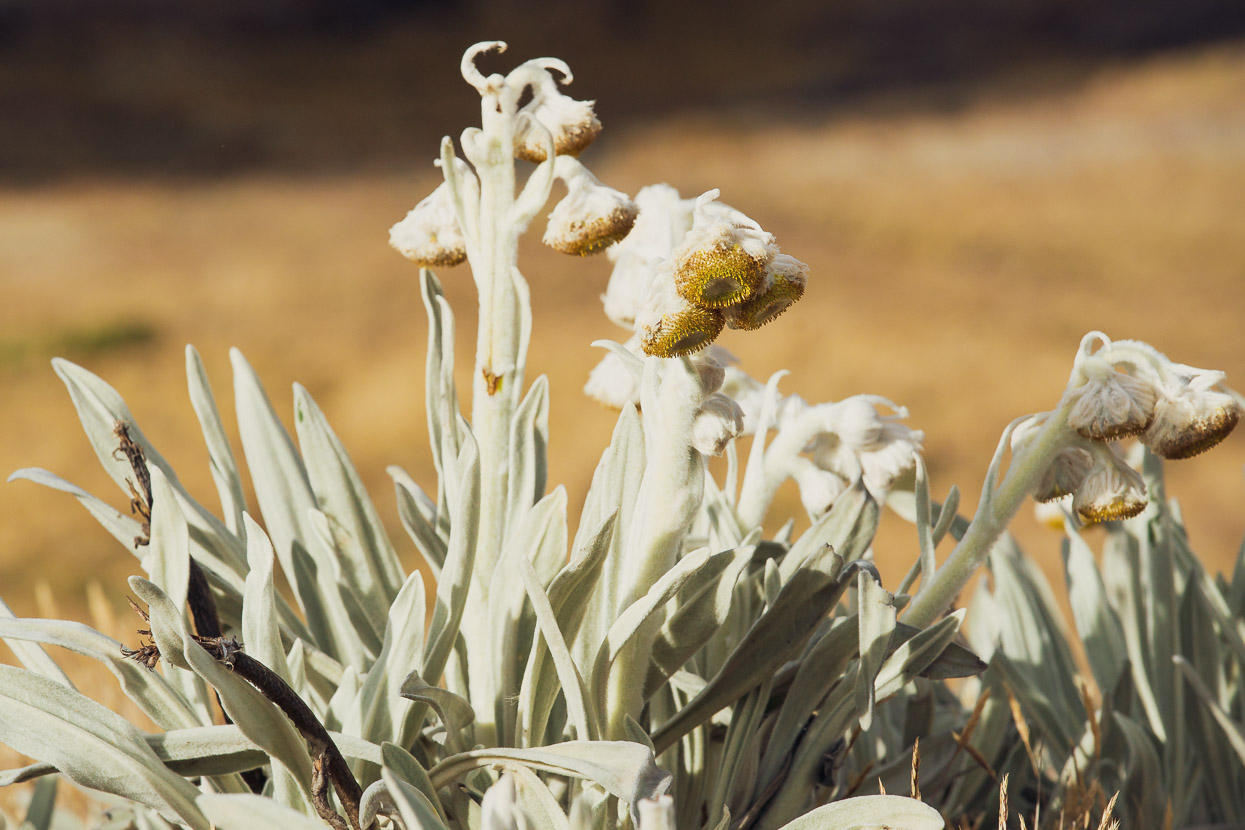
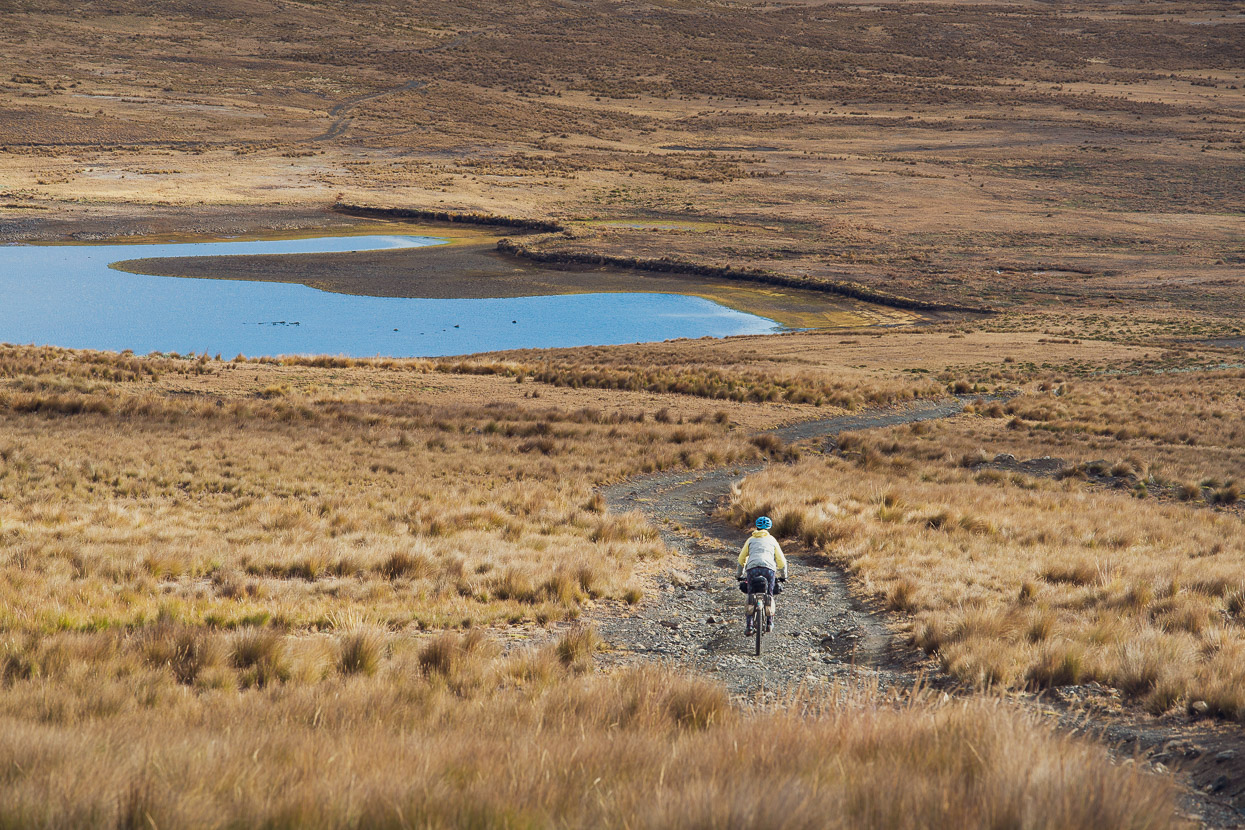
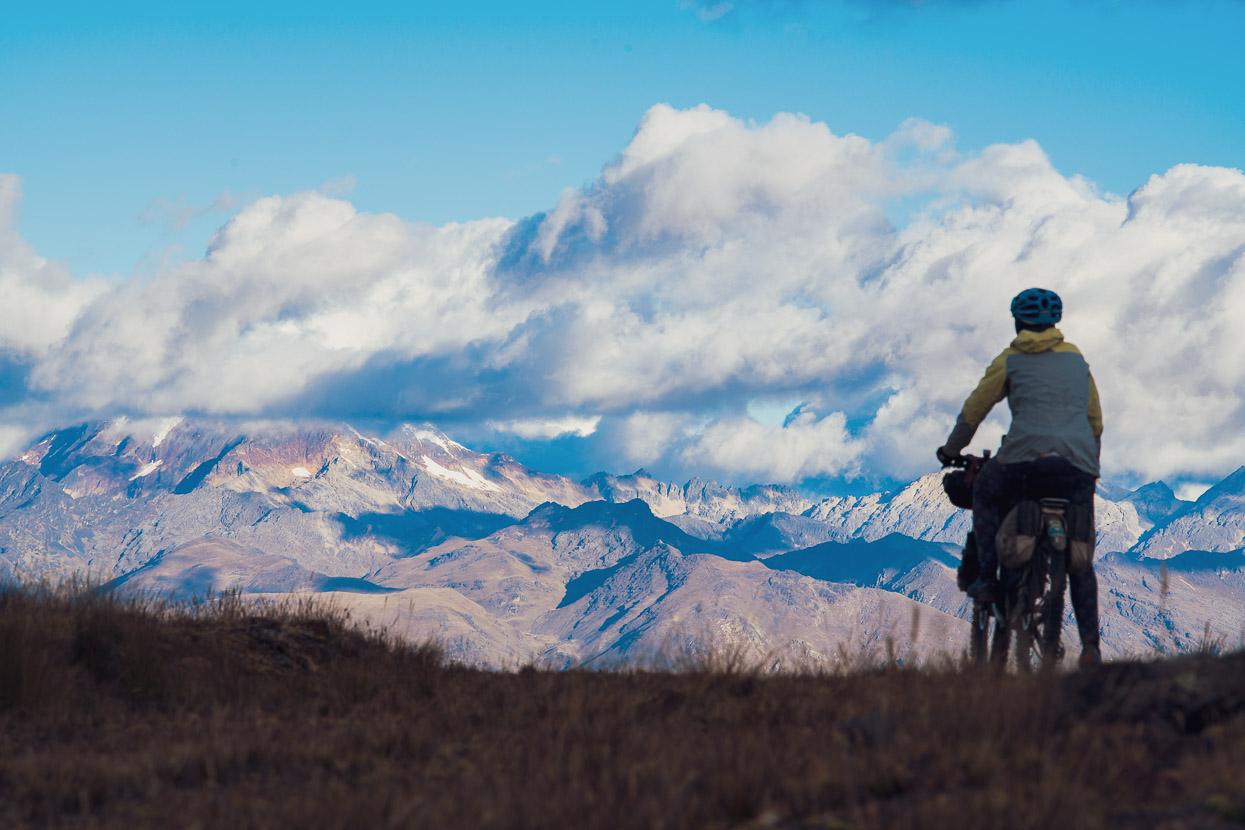
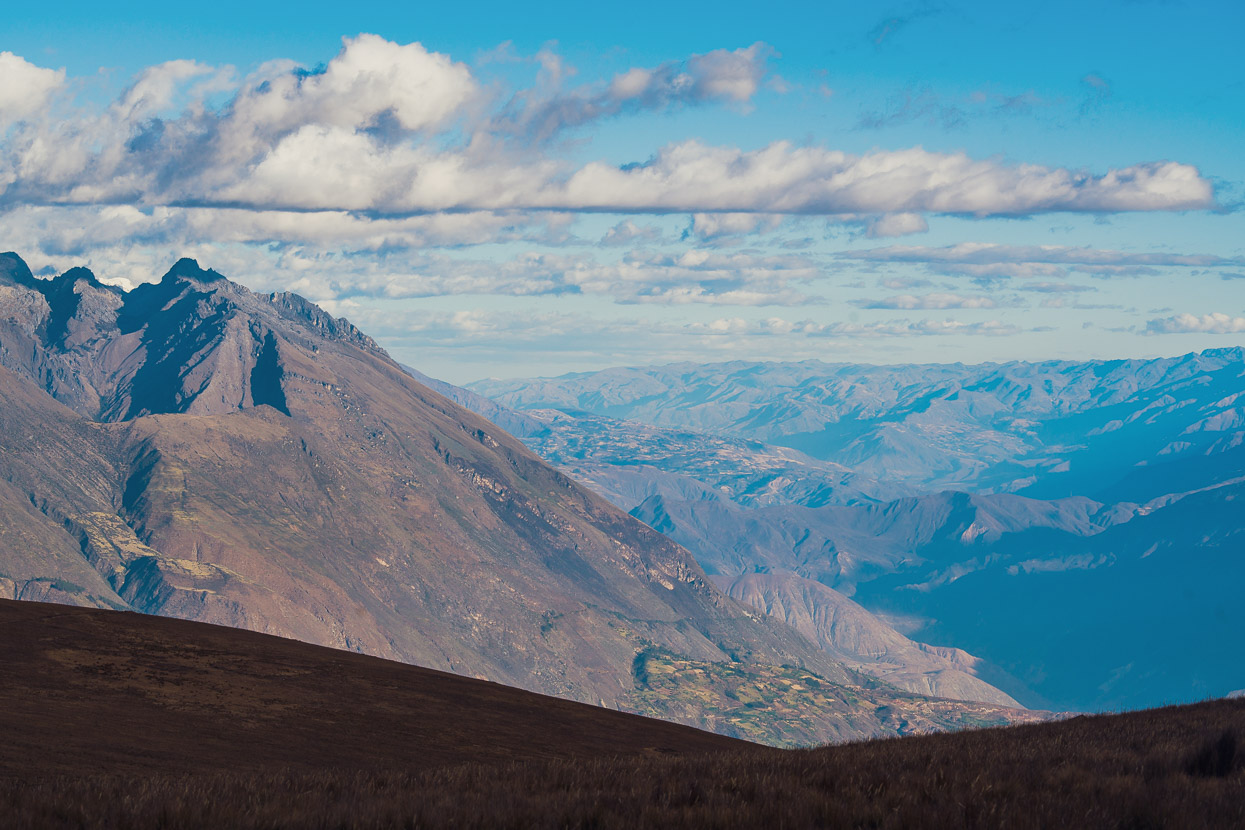
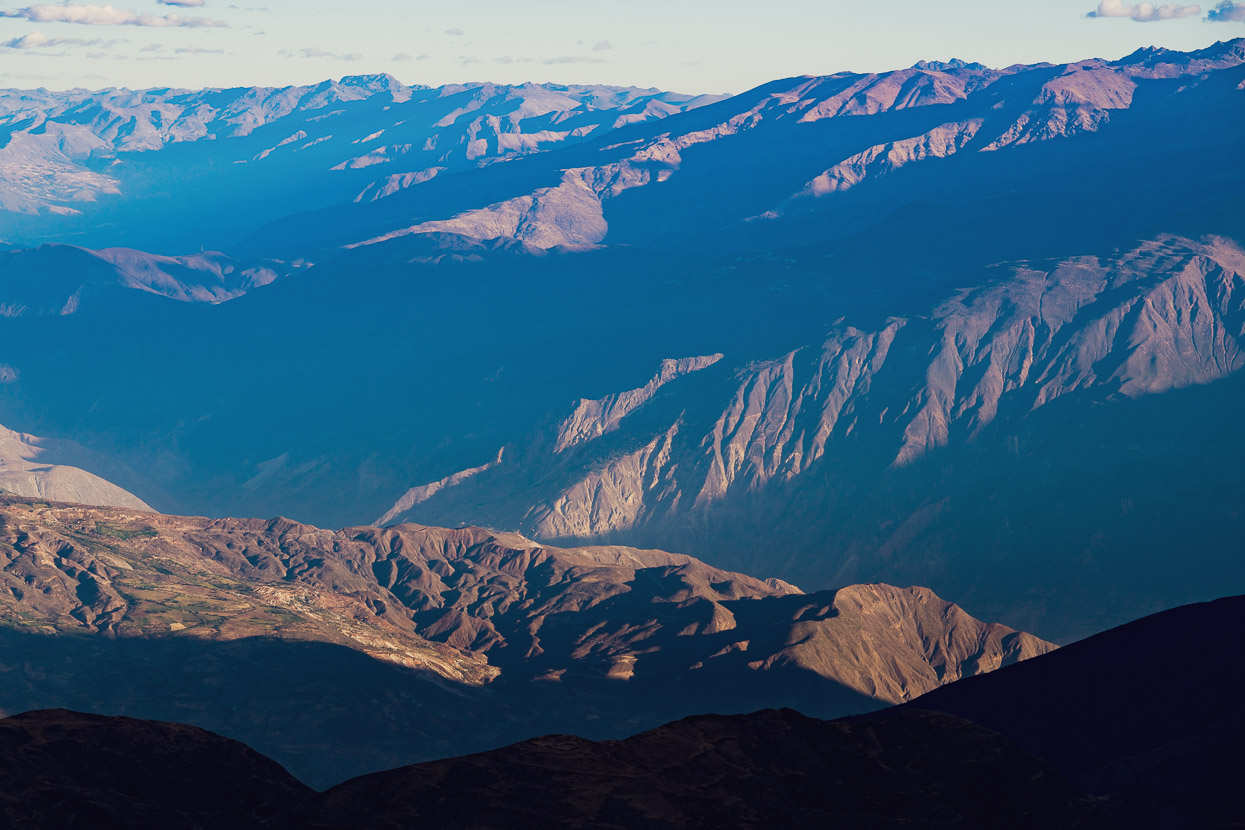
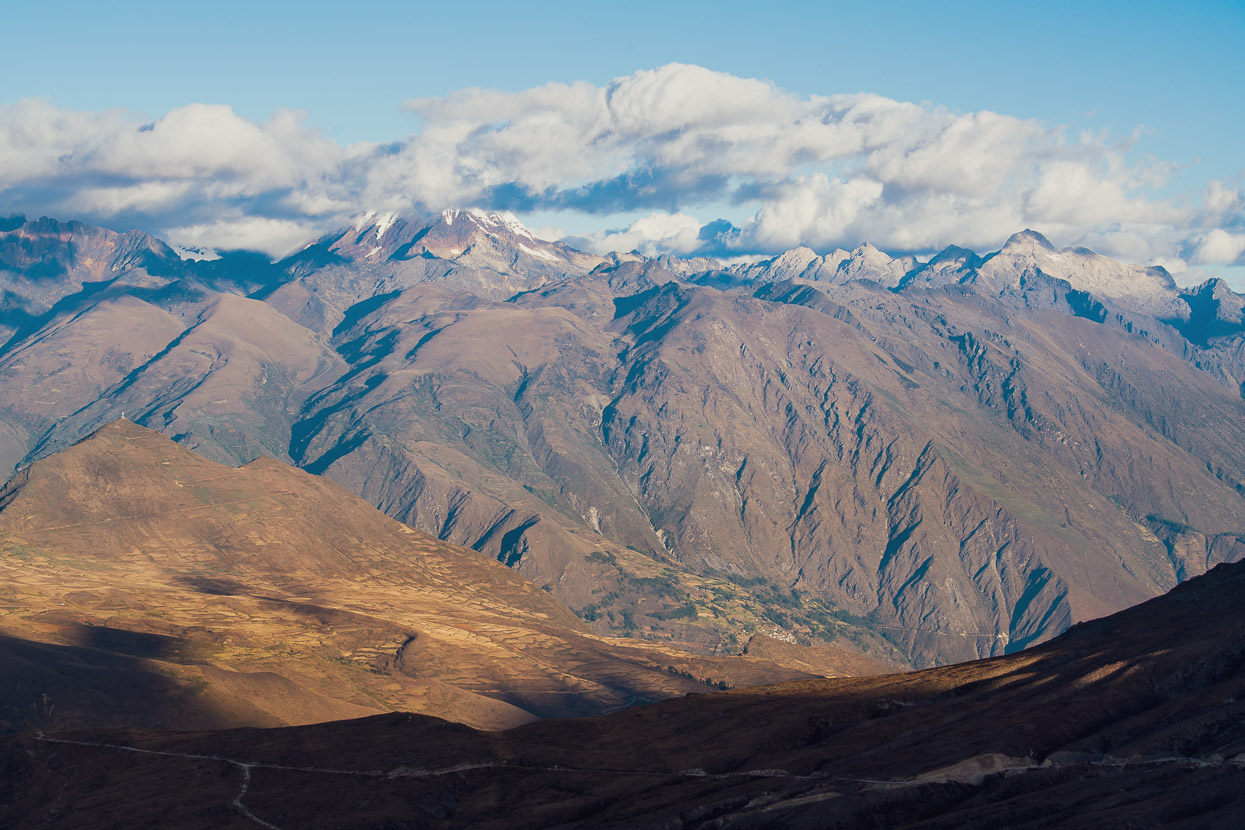
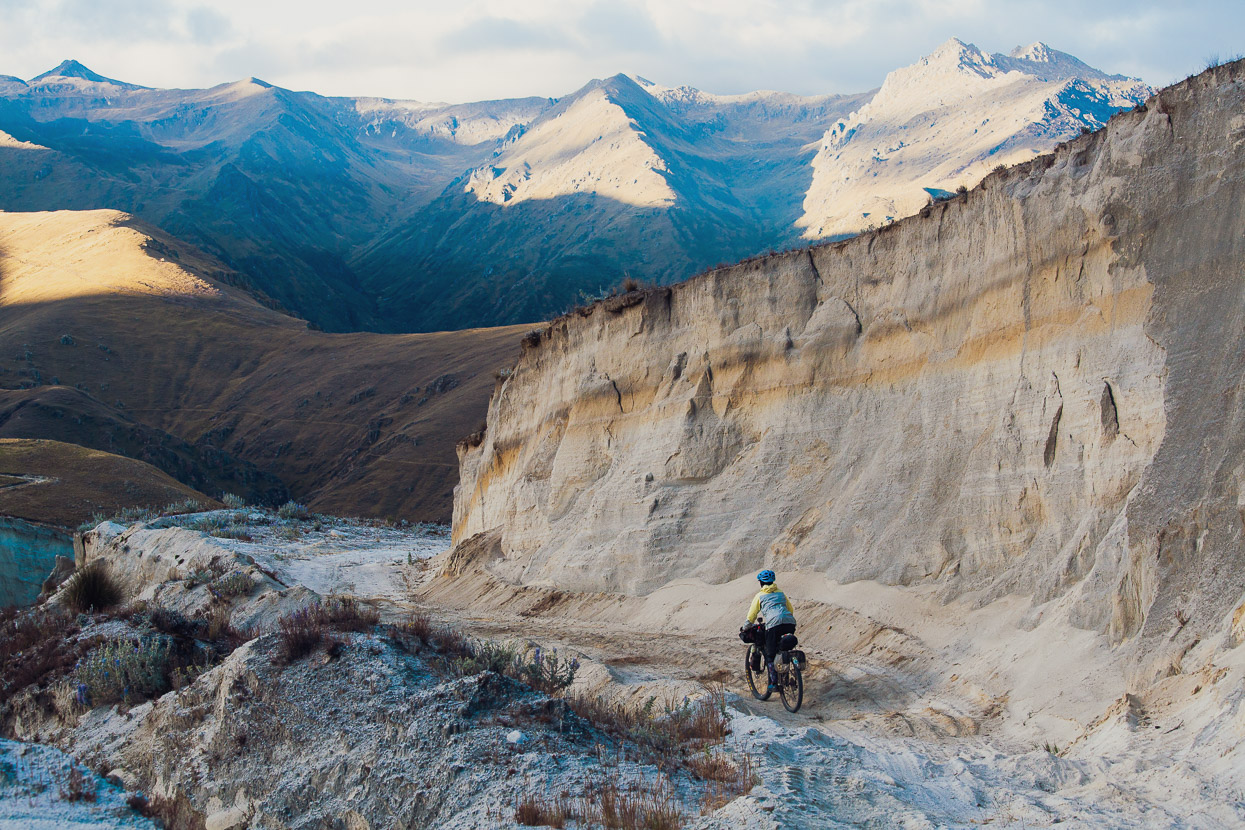
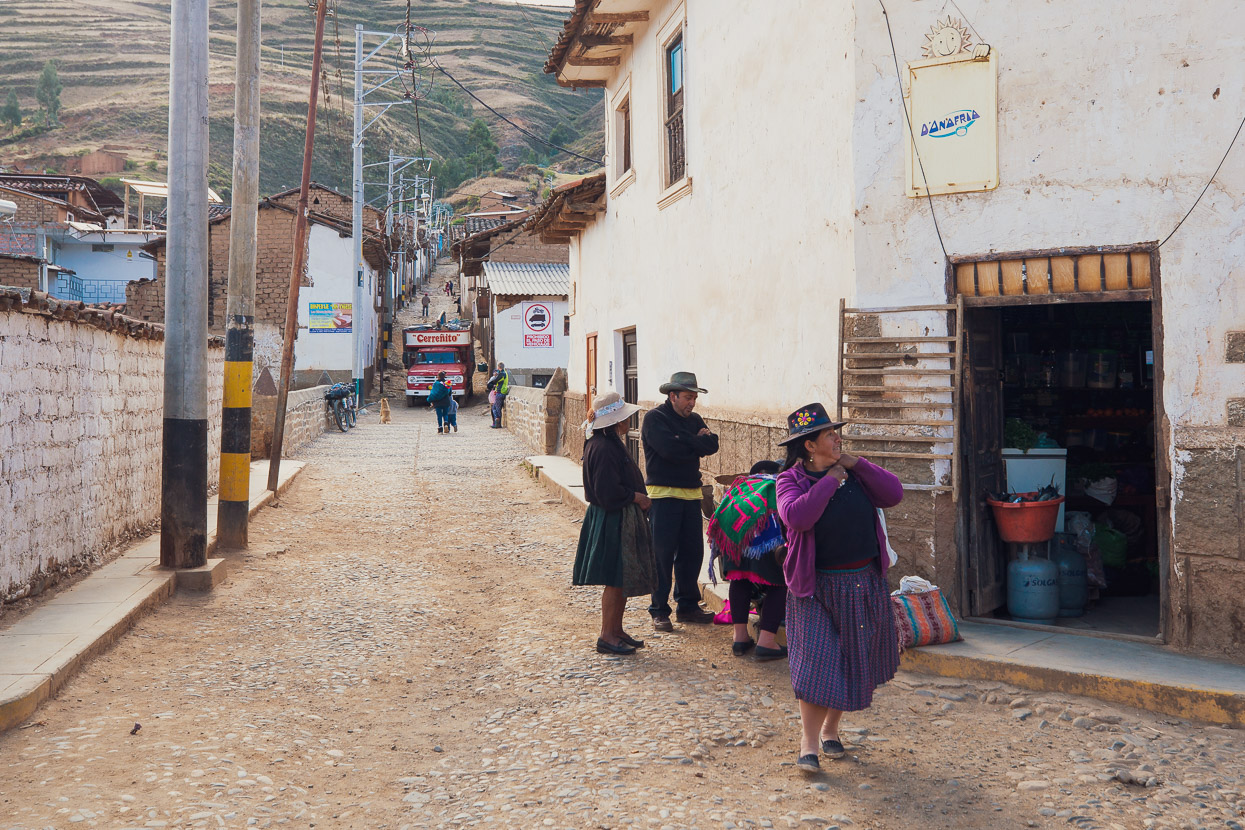
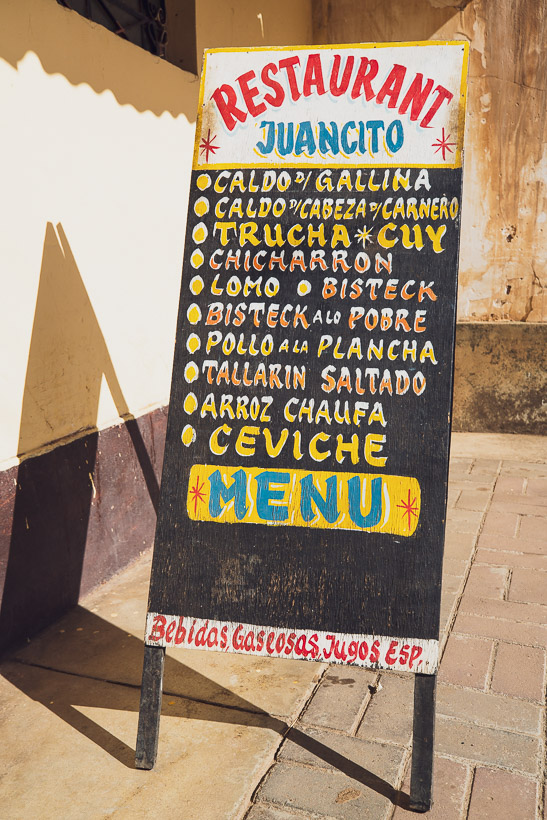
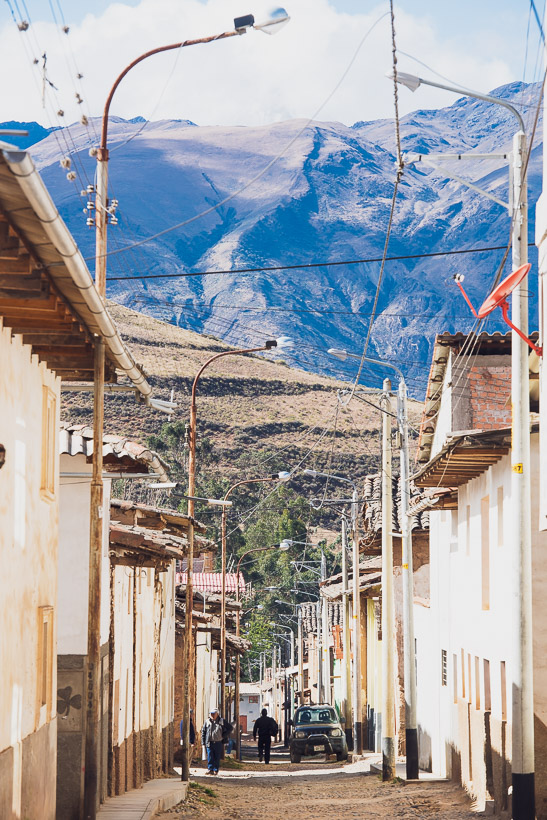
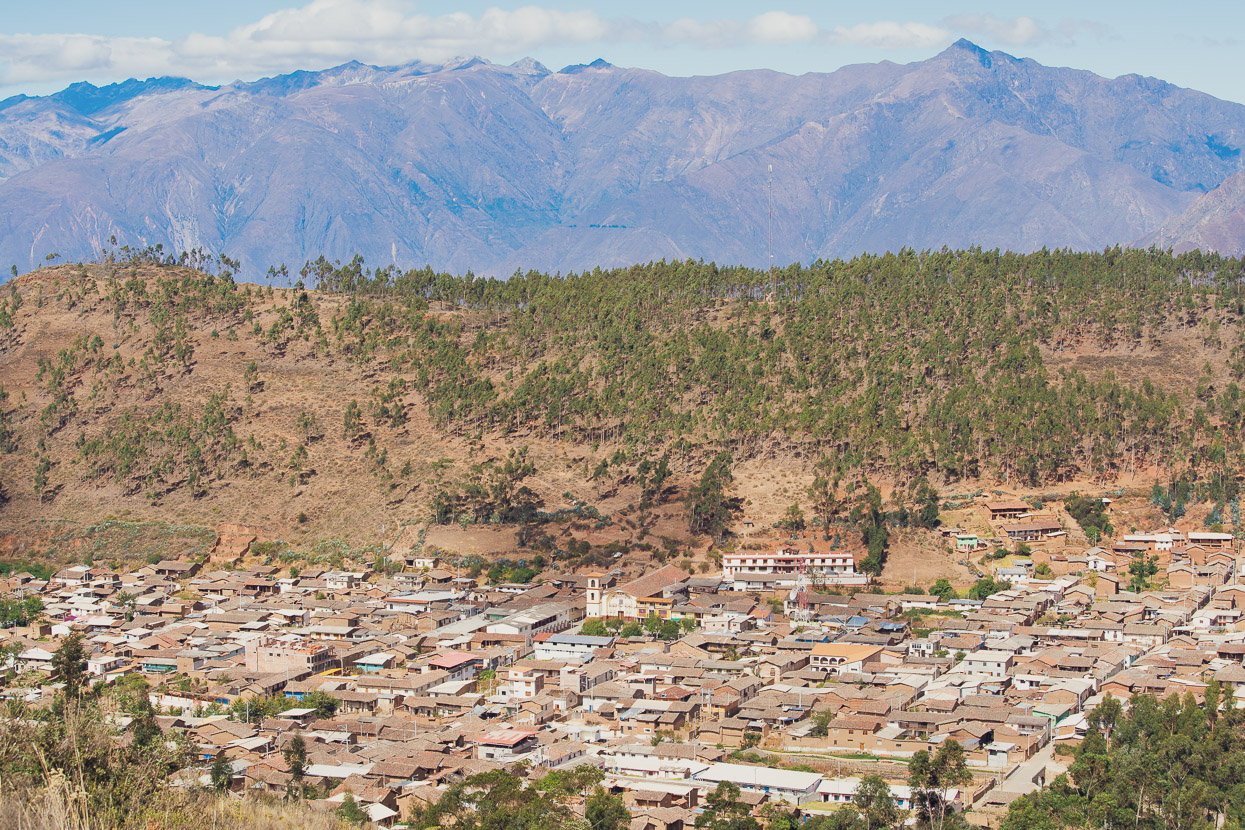
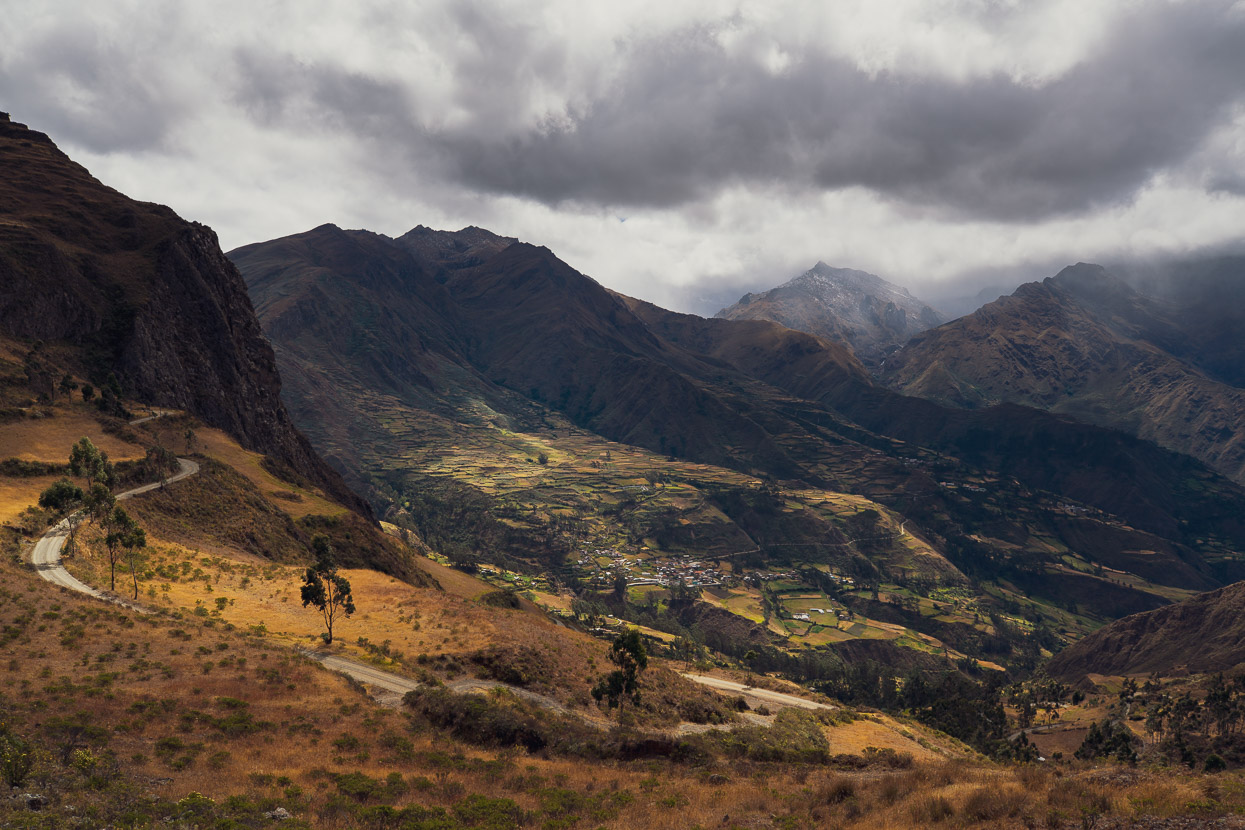
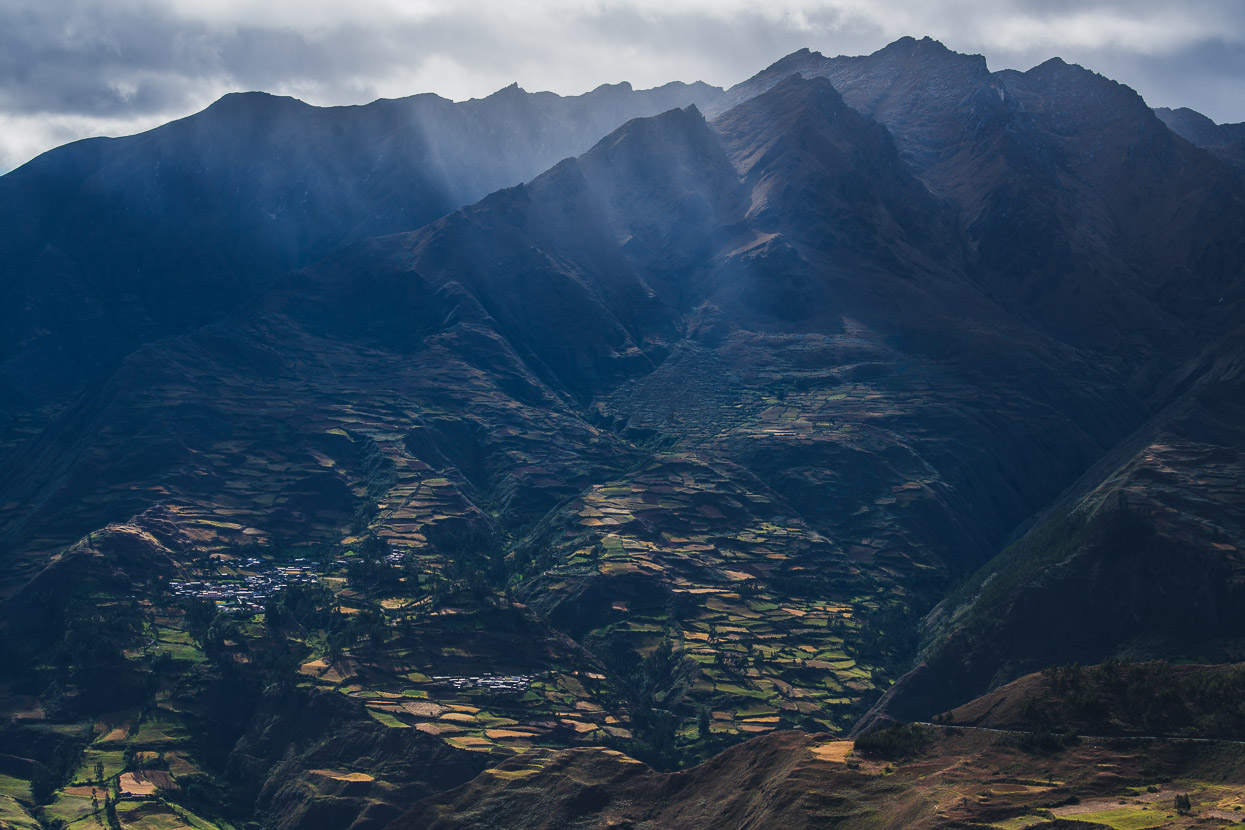
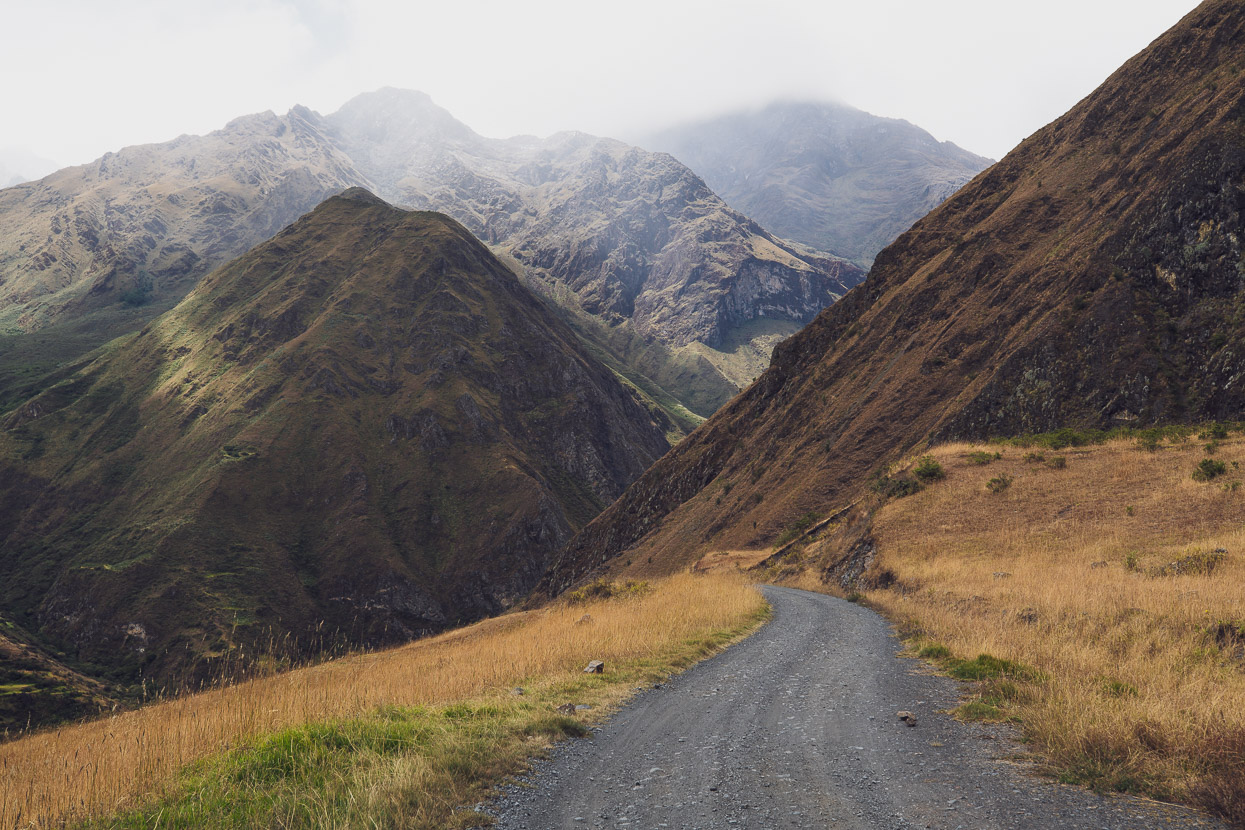
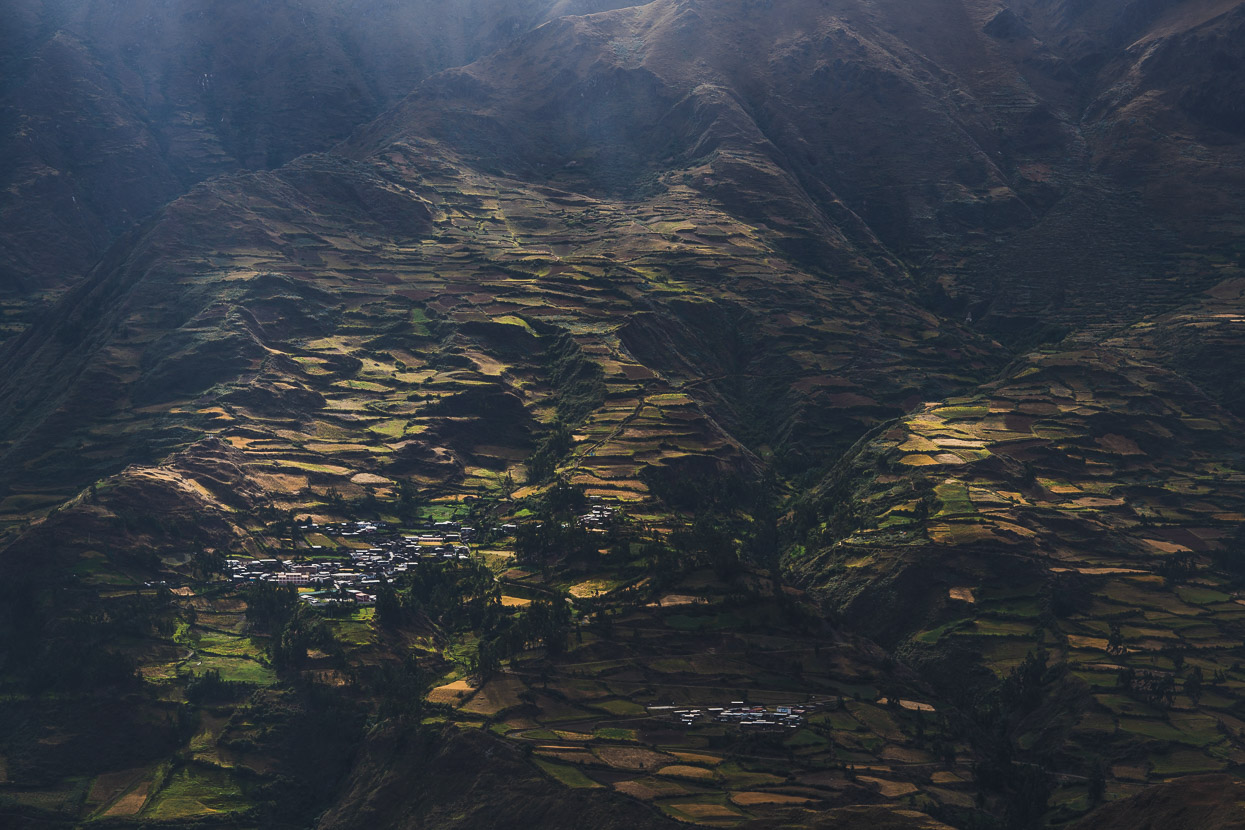
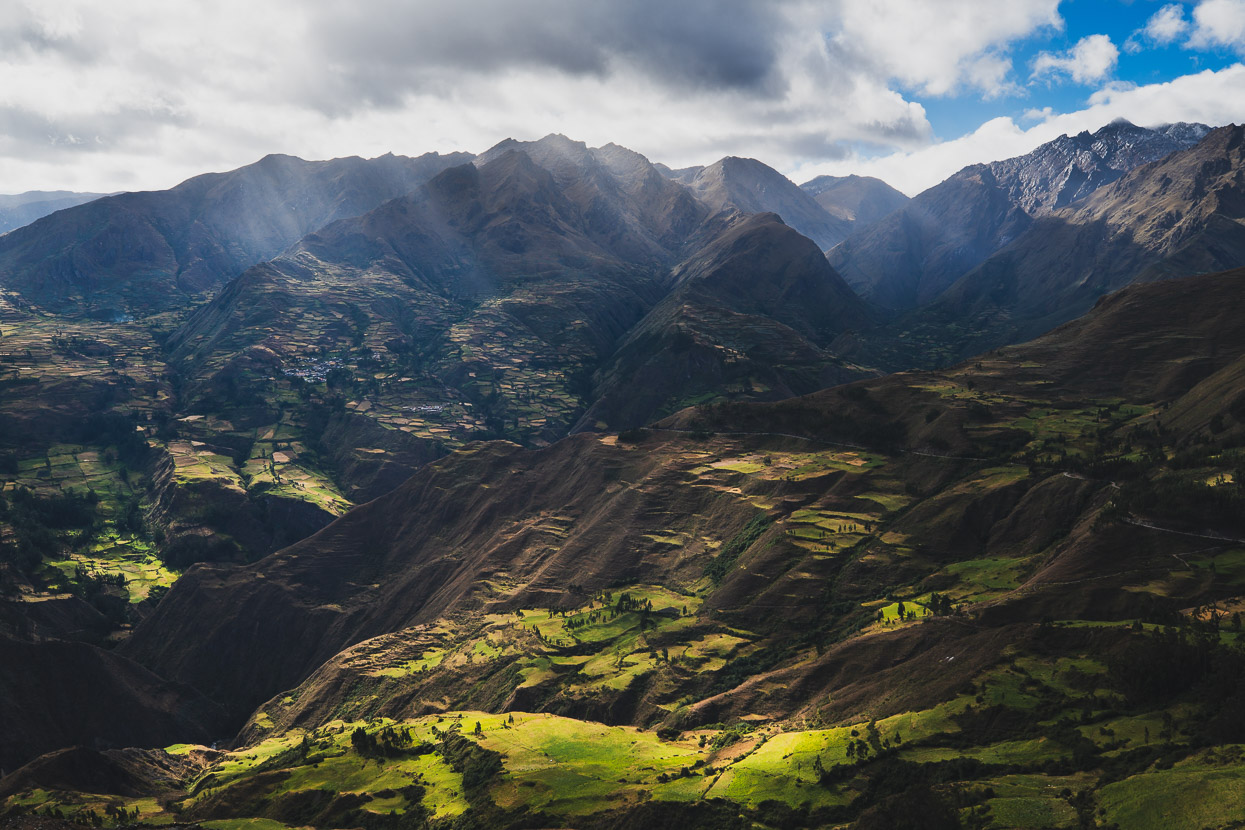
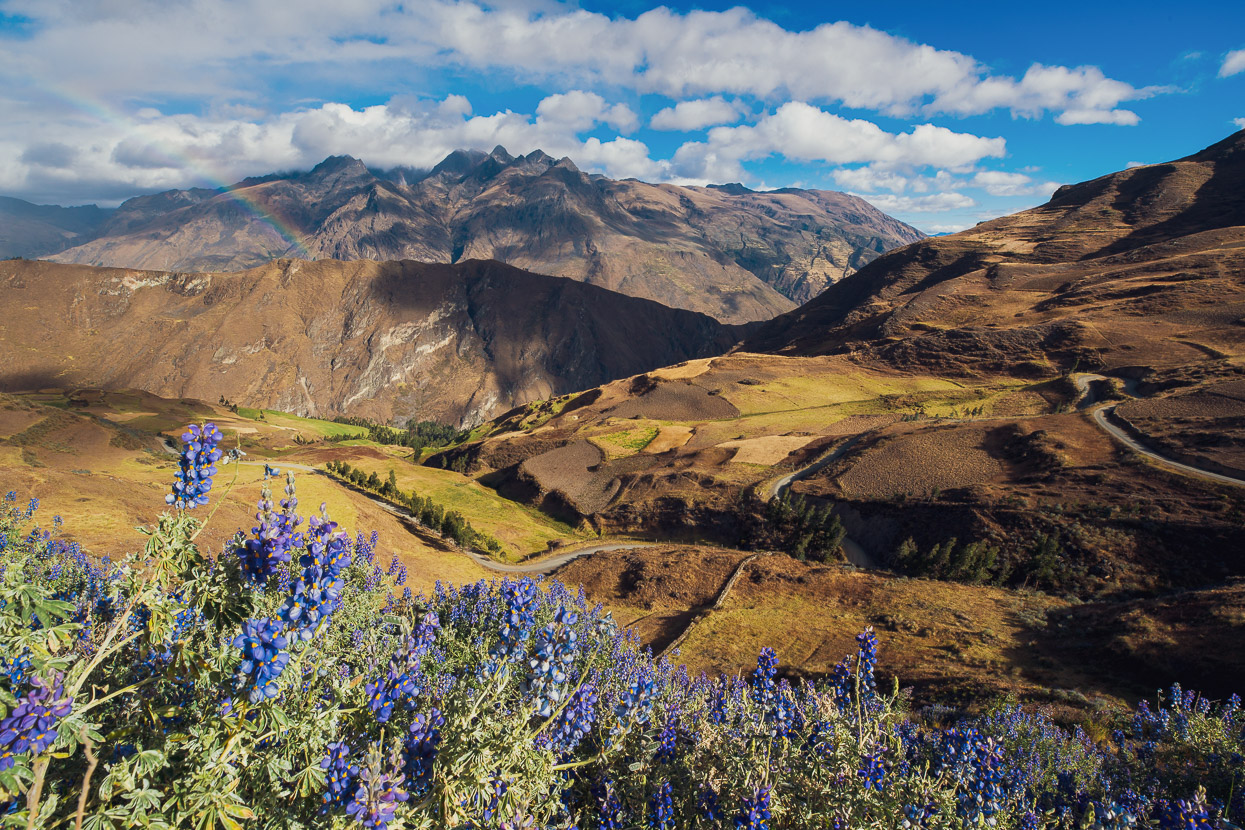
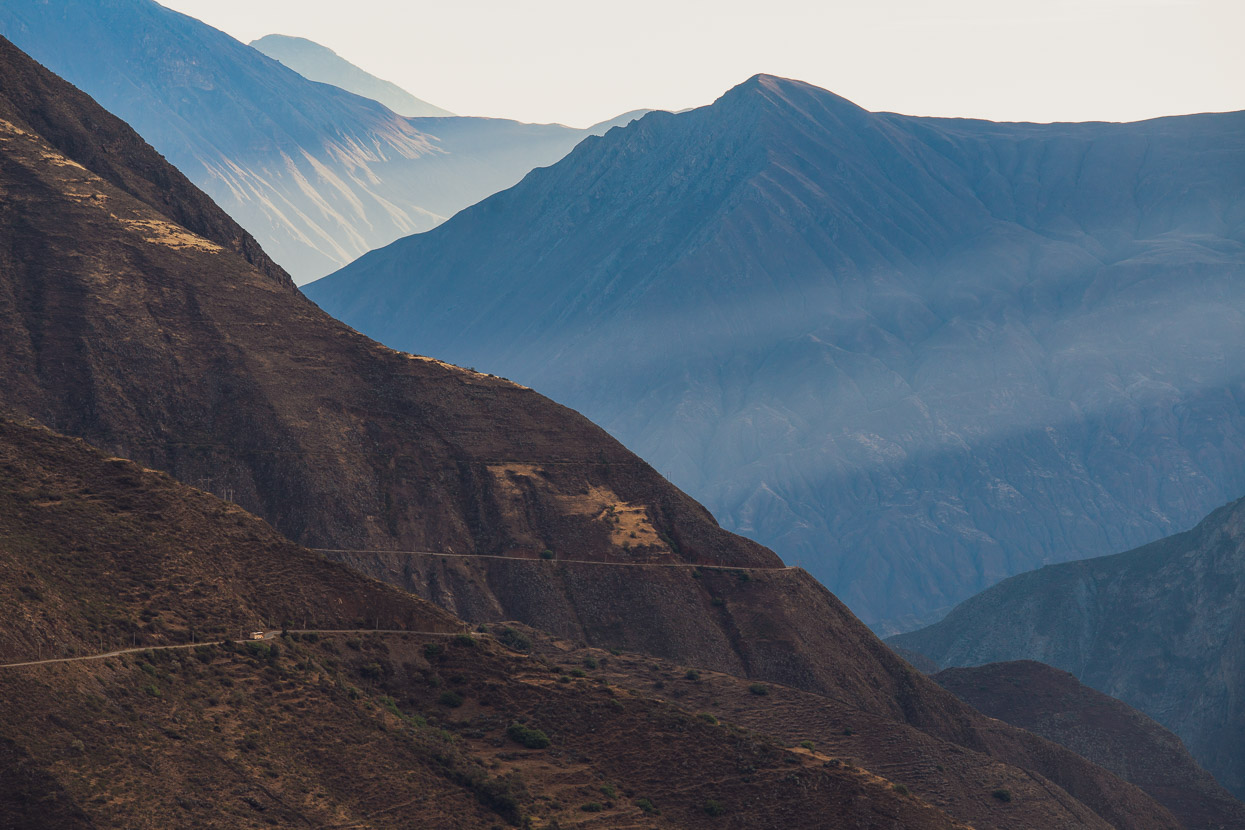
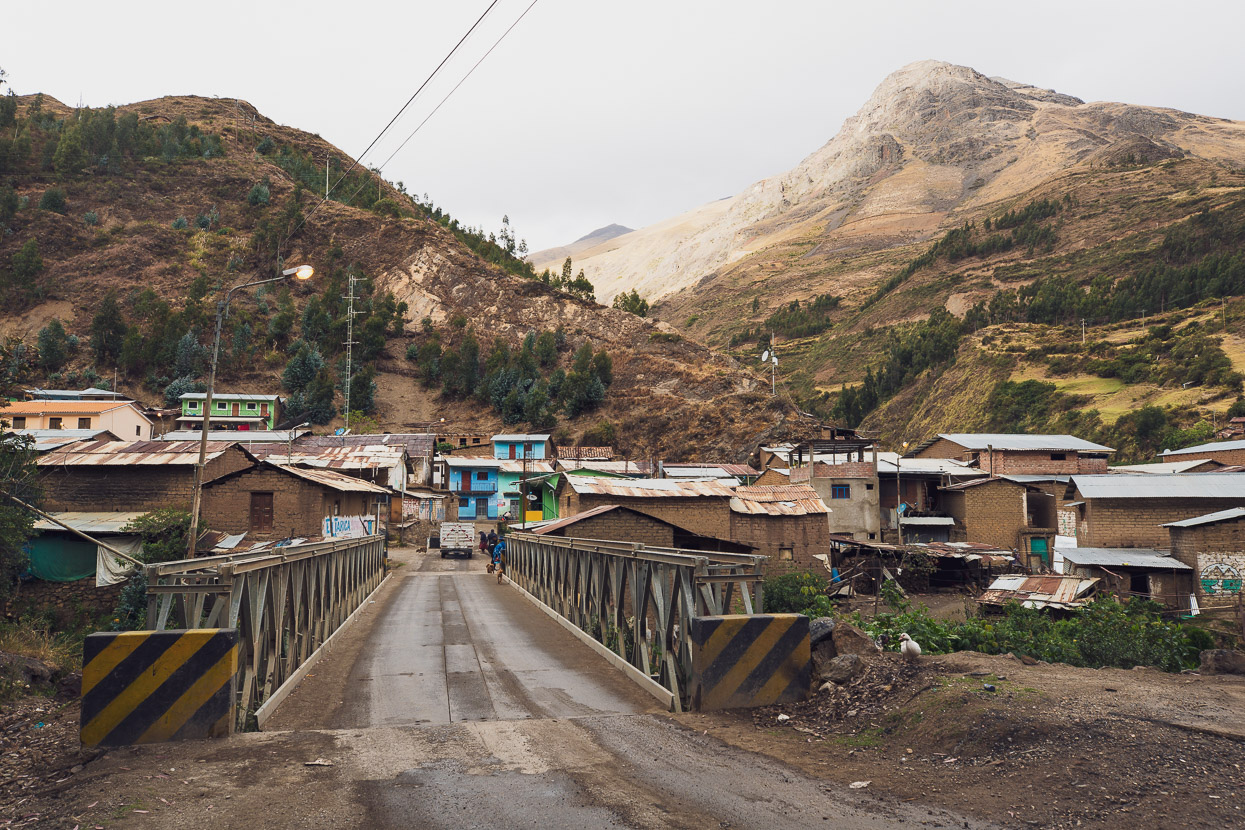
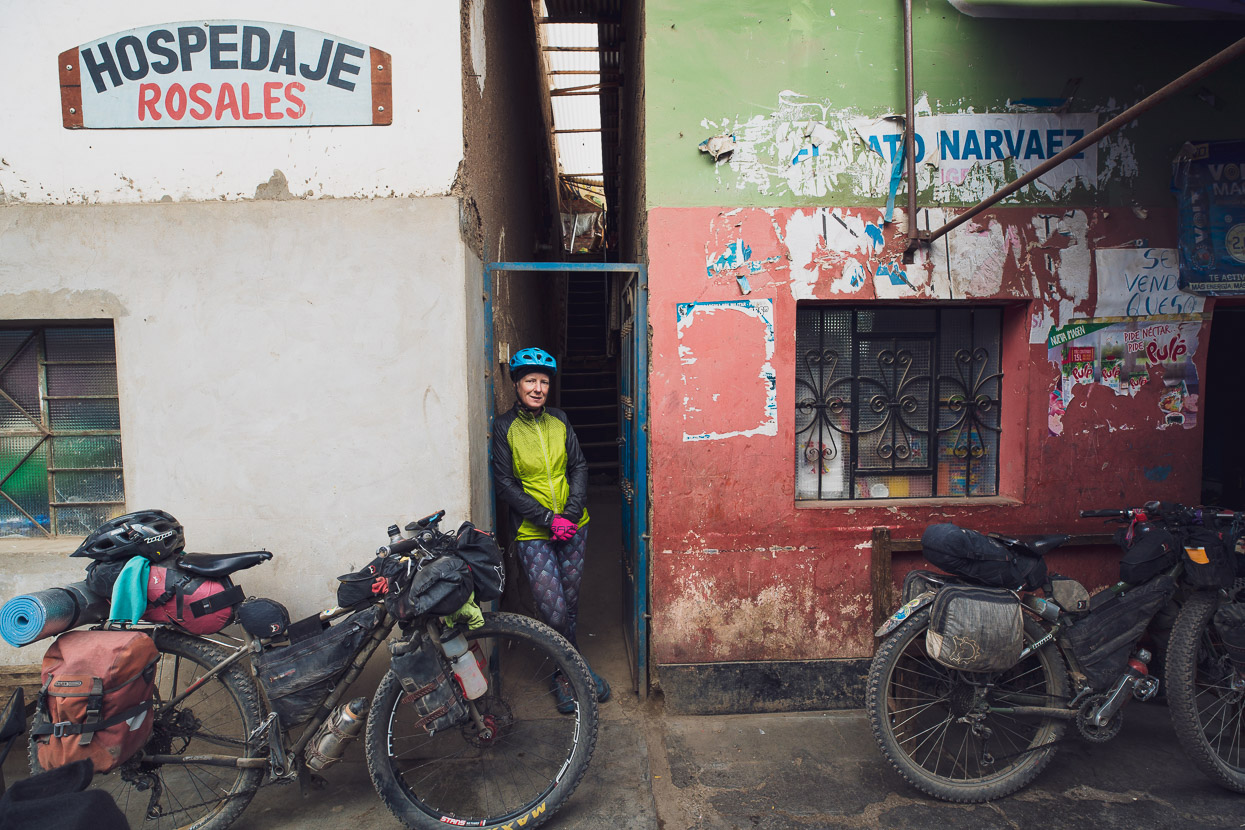





Thanks for sharing the GPS Mark, amazing sceneries.
De nada! 🙂
Amazing pictures! I rode a variant of this route back in January, during the rainy season. I reached the Lagunas Pusaccocha the hard – via a rough trail from the village of Conchucos (not recommended unless you love grueling hike-a-bikes.) I only saw the lakes in the rain and when I crossed that plateau, it was snowing (and my memory card got corrupted) – so I really appreciate your photos showing what I missed. From Corongo, I descended down to the Canon Del Pato – several days of rain made me long for drier climates.
My account is here: https://alexcooperexplores.com/2018/01/29/el-silencio-huamachuco-to-caraz/
Sounds epic! We did wonder about that track, but ruled it out with out longer-term-travel loads. Good on you for tackling it. Amazing area!
Have been catching up on your blog – and have to say that your Peru photos are SPECTACULAR!
Amazing that you can take such great pictures when it looks like the riding is so tough and at such high altitudes.
Thanks Grace! Let me know if you’d like something for the magazine. It does get easier with acclimatisation…
Hi Mark,
thanks for sharing those moody photographs. We spent a night in Tarica when we did our loop around the northern part of the Cordillera Blanca in 2016. The next day we decended to Sihuas via the excellent trails near Chashapampa. It is also nice to see someone actually using the remote roads I painted some years ago on OSM as a preparation for our trip. Since then I was wondering why no stories about the visit of those ocho Lagunas could be found in the internet. OSM was in a bad shape in this region in those years. Thanks also for publishing your track. It pointed me to a map deviation near Huallcallanca, caused by the old cloud covered aerial images in this section (the actual road track was only a guess). I fixed this yesterday.
Guido
Thanks Guido! Yes we loved that area and thanks for creating roads that helped us find it! Much easier than poring over the satellite maps! There are still many areas poorly served by OSM (Google too), especially Guatemala and many parts of Peru. I really ought to contribute what I have discovered…
Cheers
Mark.
Hi Mark,
meanwhile I picked up your “lacking OSM coverage” topic of northern Peru and invested some man-days to improve the situation there. Now you will find several thousand kilometers more traveling options especially between San Ignacio and – let’s say – Cajabamba. I have also added several hundreds of names for small villages and hamlets in this region, which makes the map more readable (this was possible due to the almost perfect school mapping in Peru). Hopefully this encurages travelers to chose new routes off the established ones. I will most probably not have the chance to check these all out, as our travels did not yet cover south Peru and Bolivia and we are more curious to explore the landscape there.
However I did also a rewiev of your Guatemala trip and can confirm the region is poorly mapped. Even some main roads were only roughly scetched. At least the Chuchumatanes loop has now 100 % OSM coverage. This took only about three hours, so even a litte spare time spend for this kind of work can have a big effect.
Guido